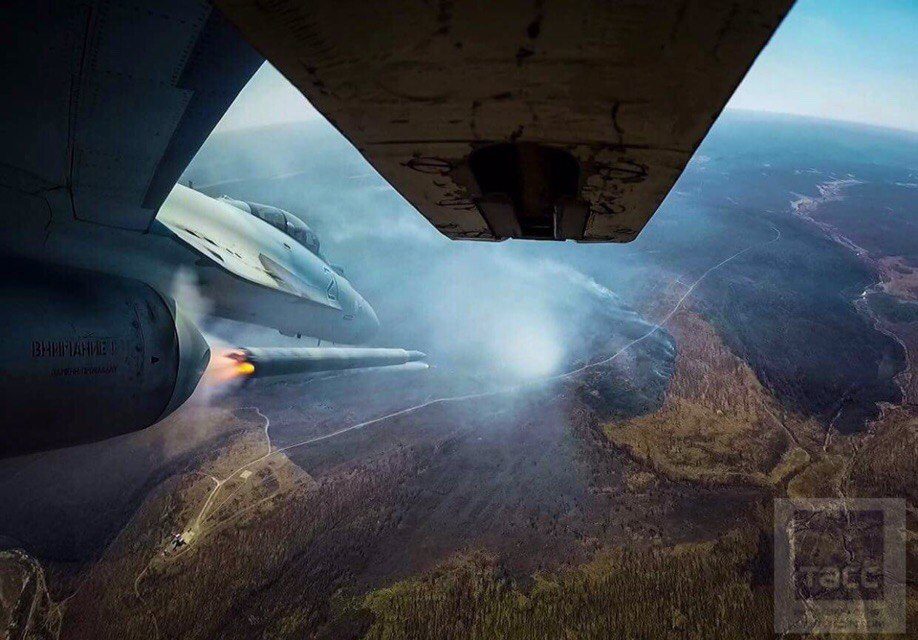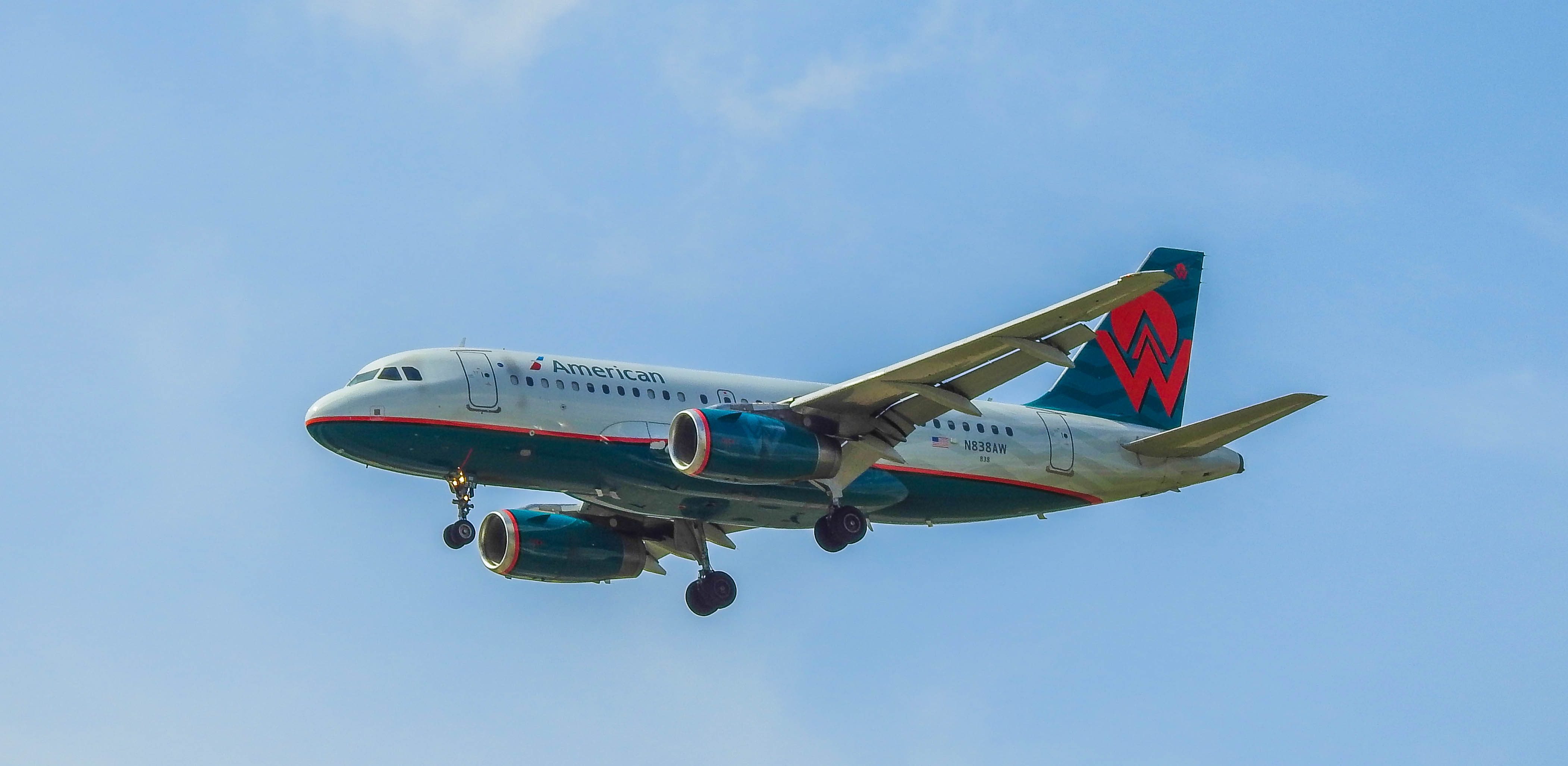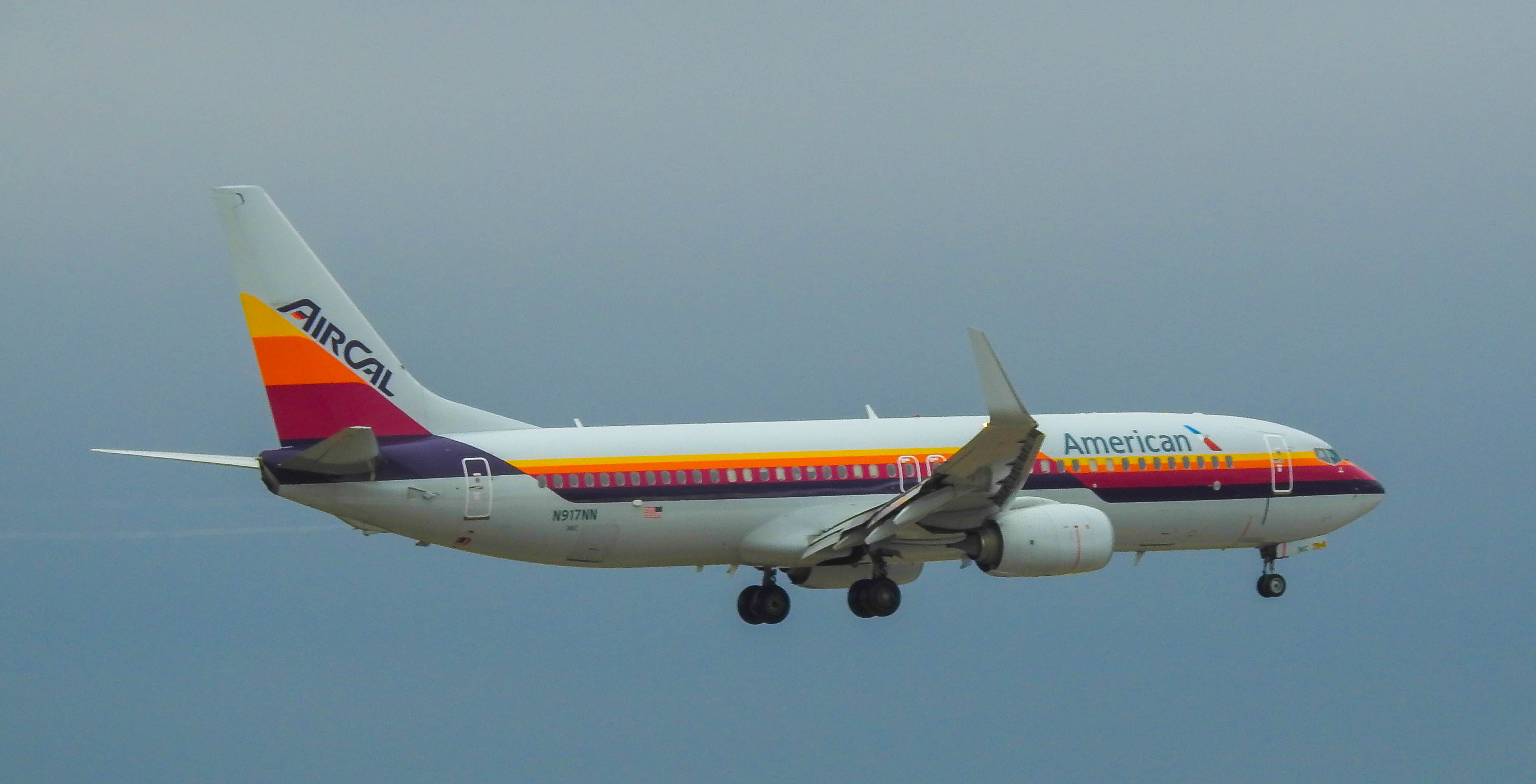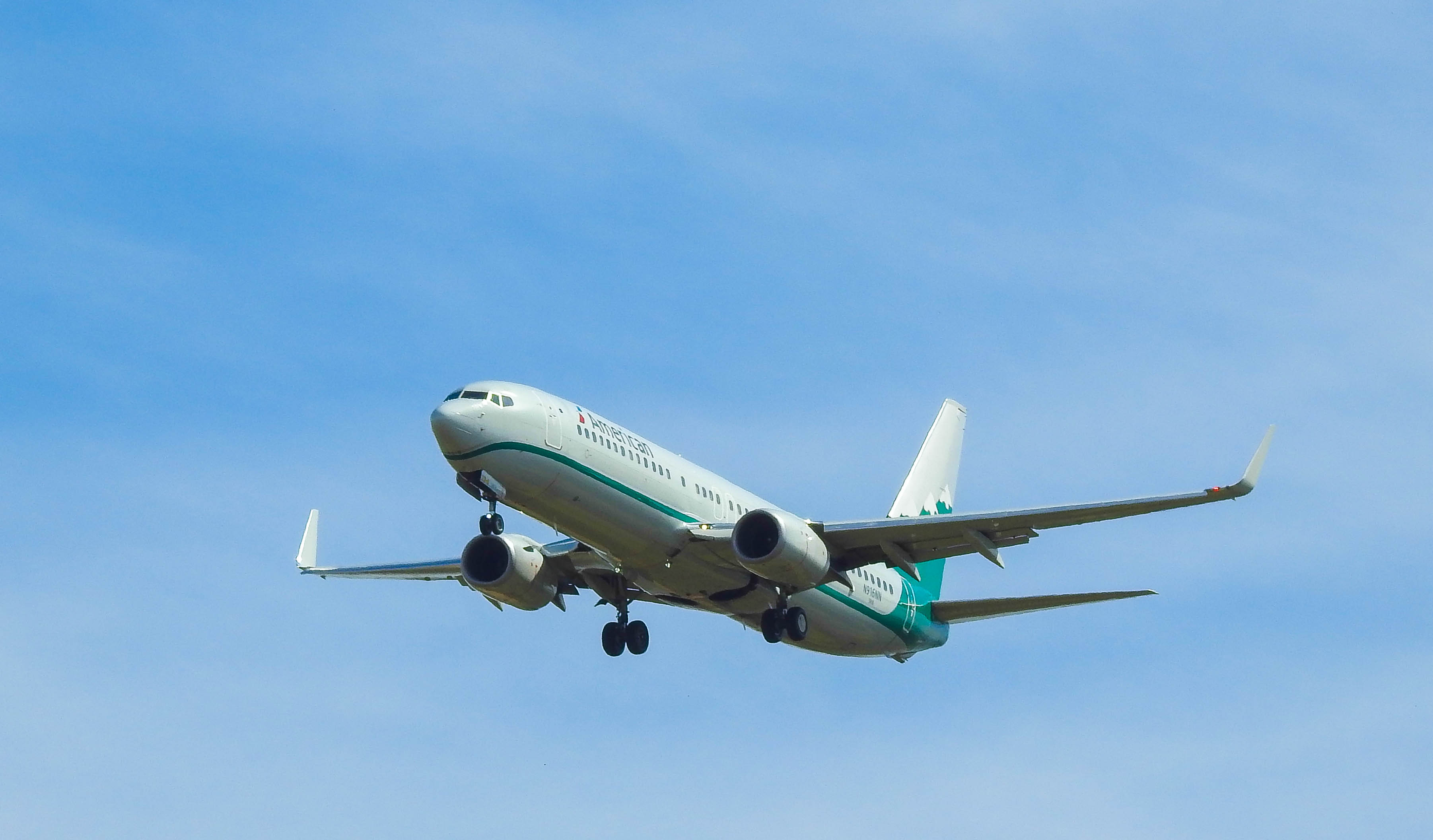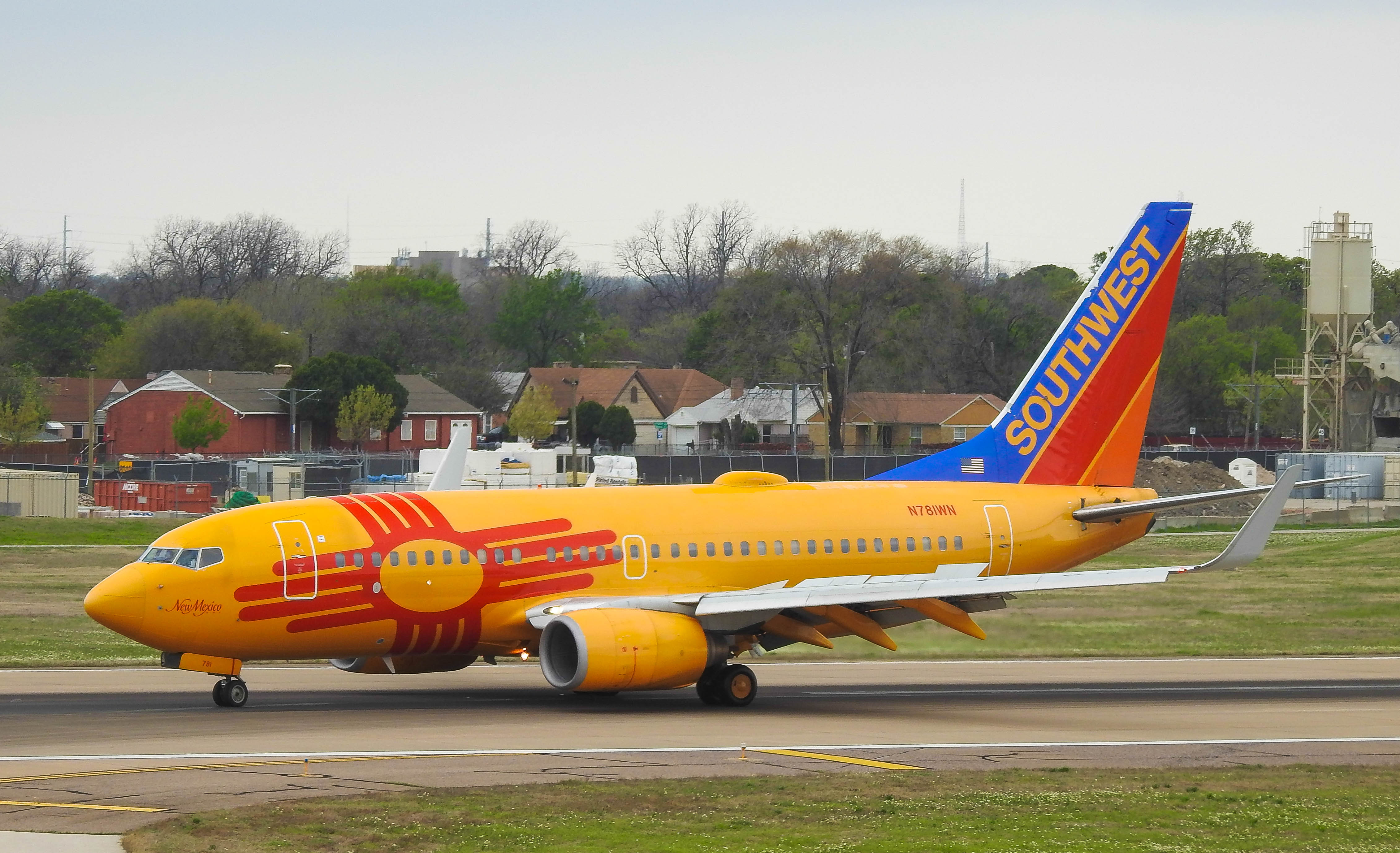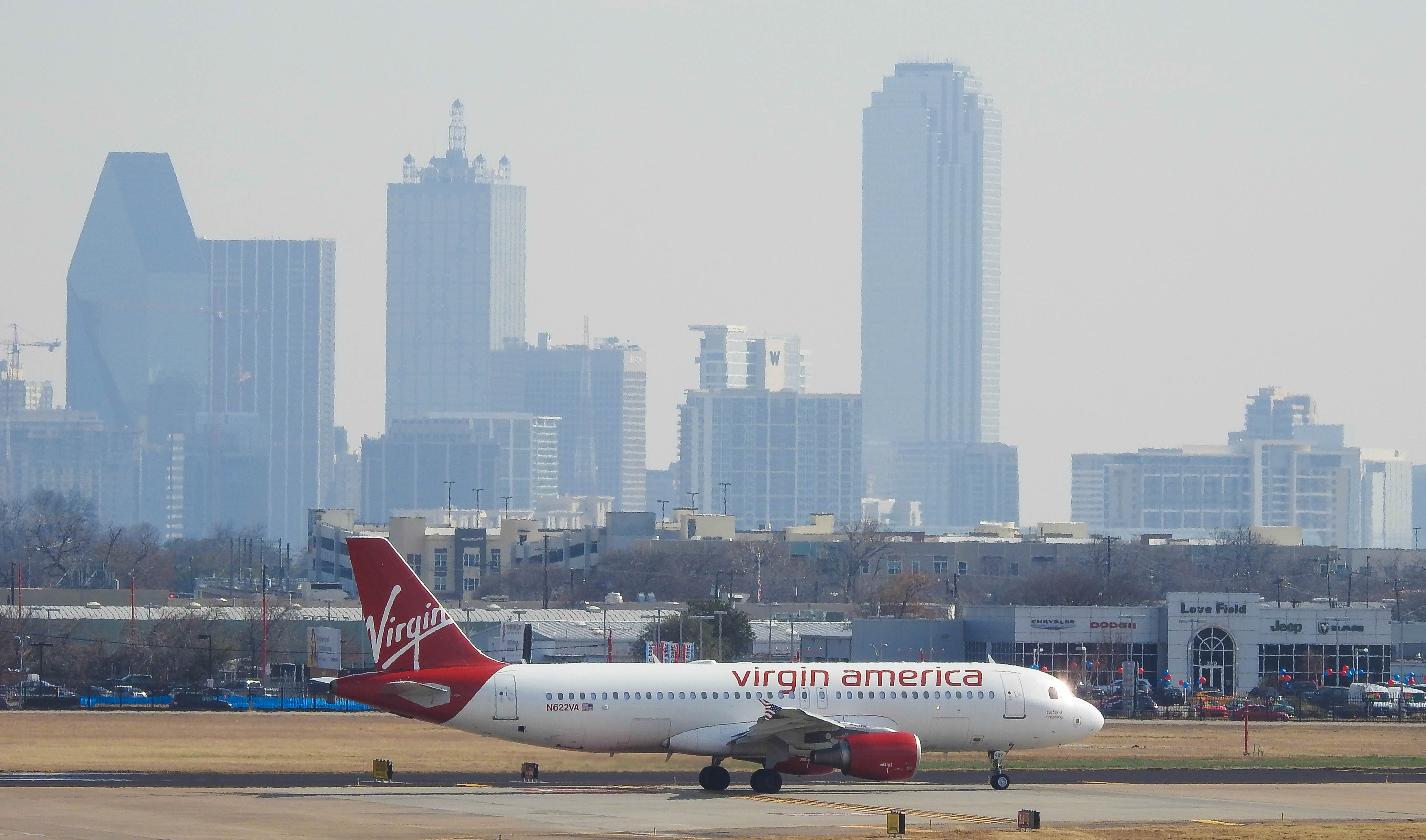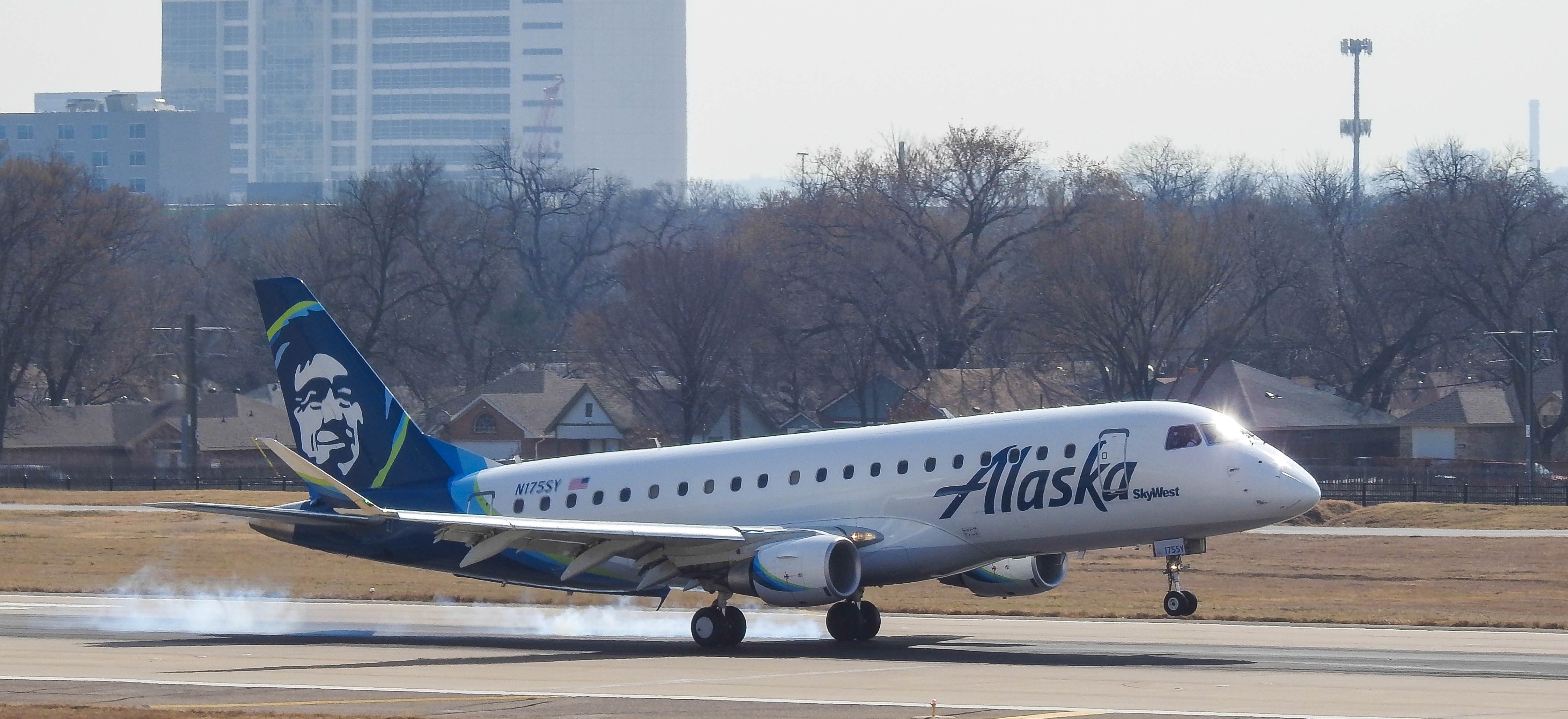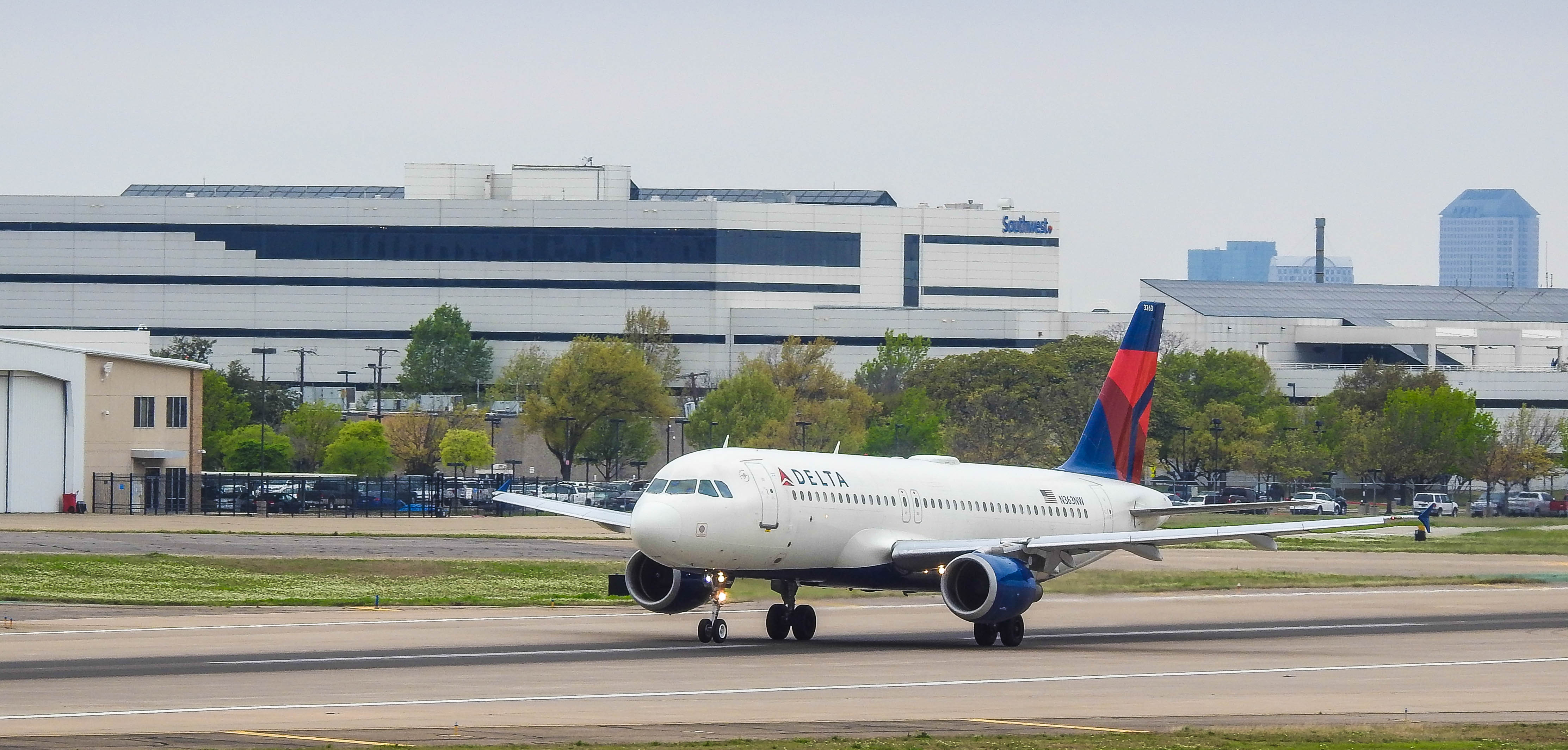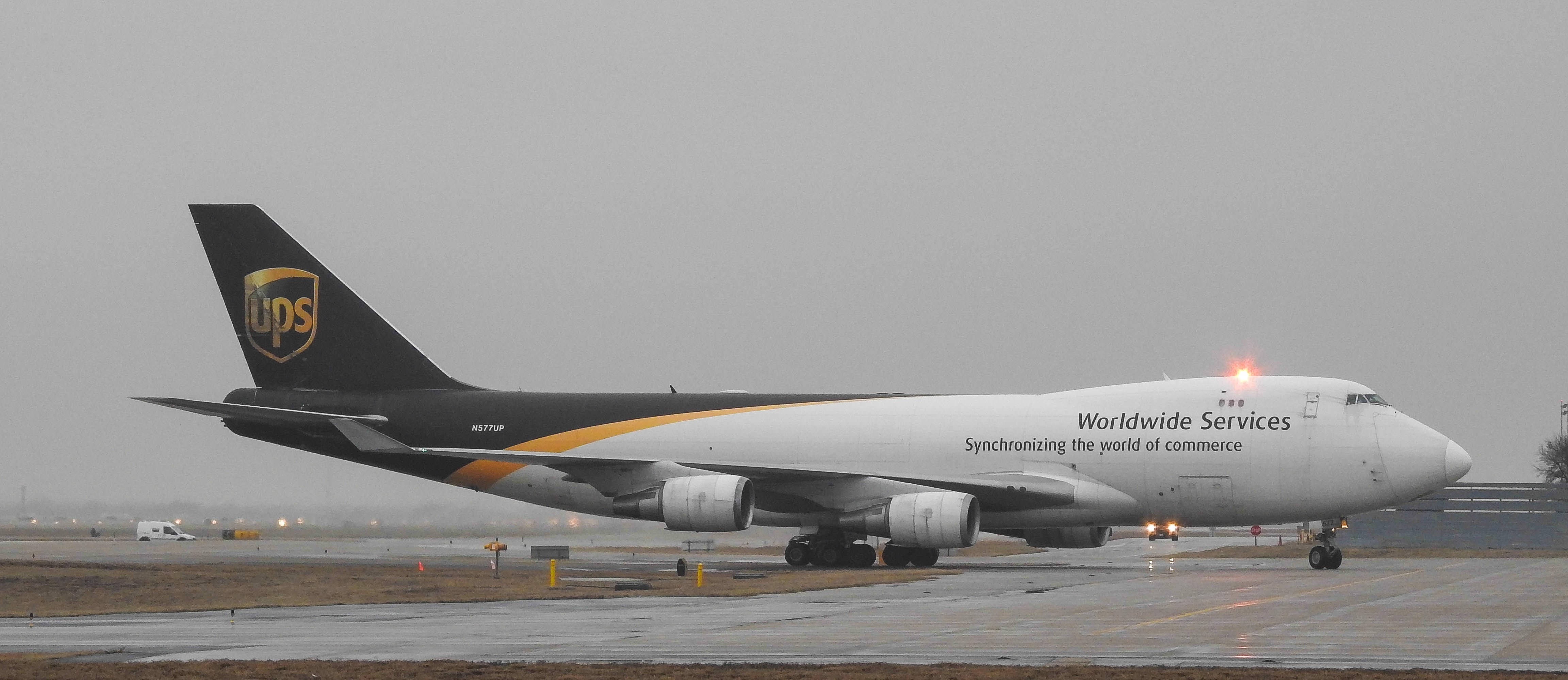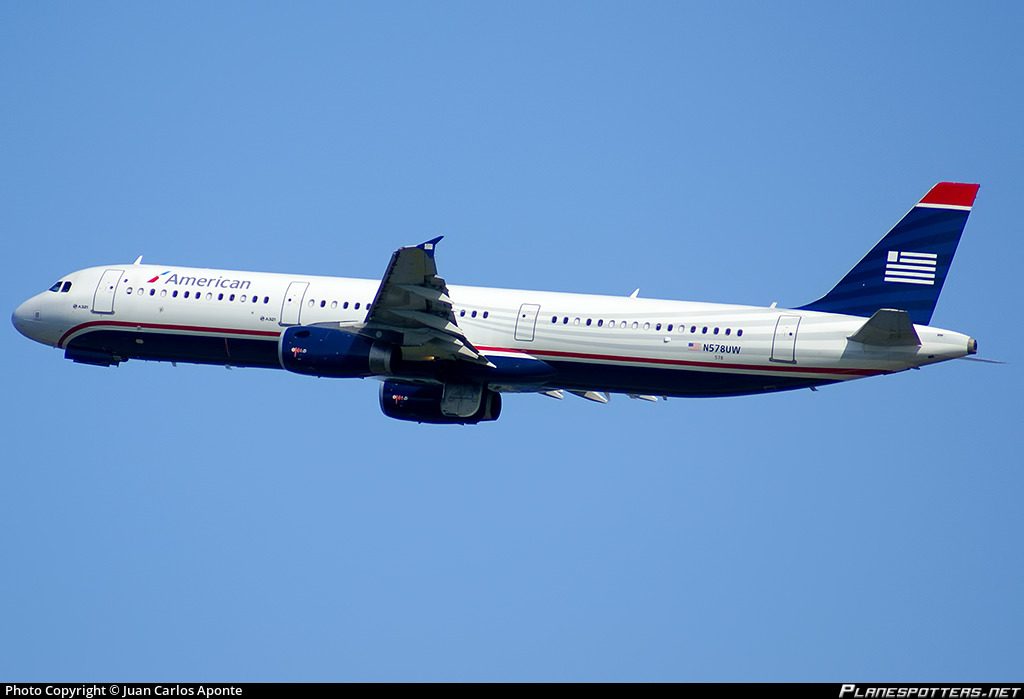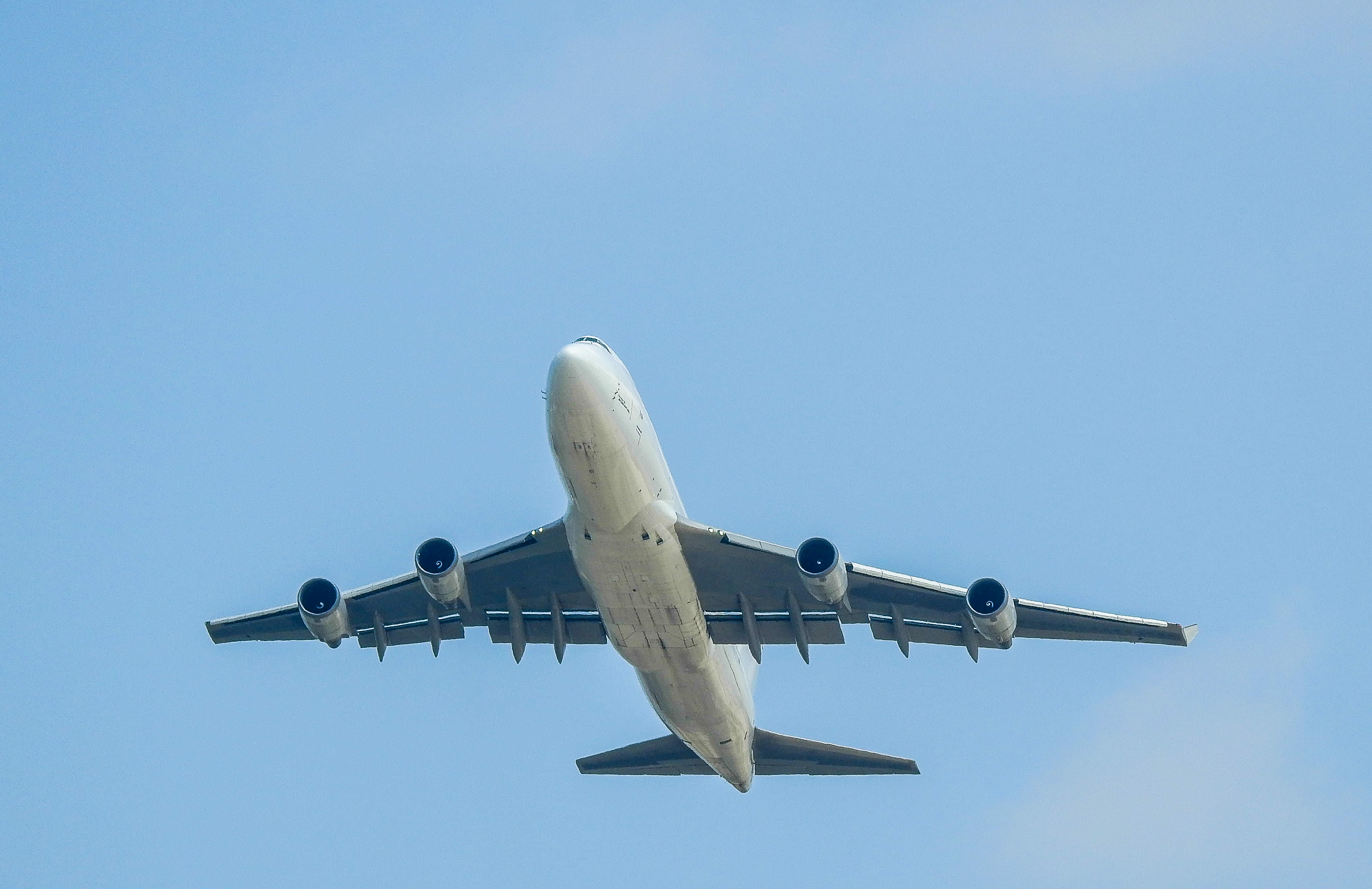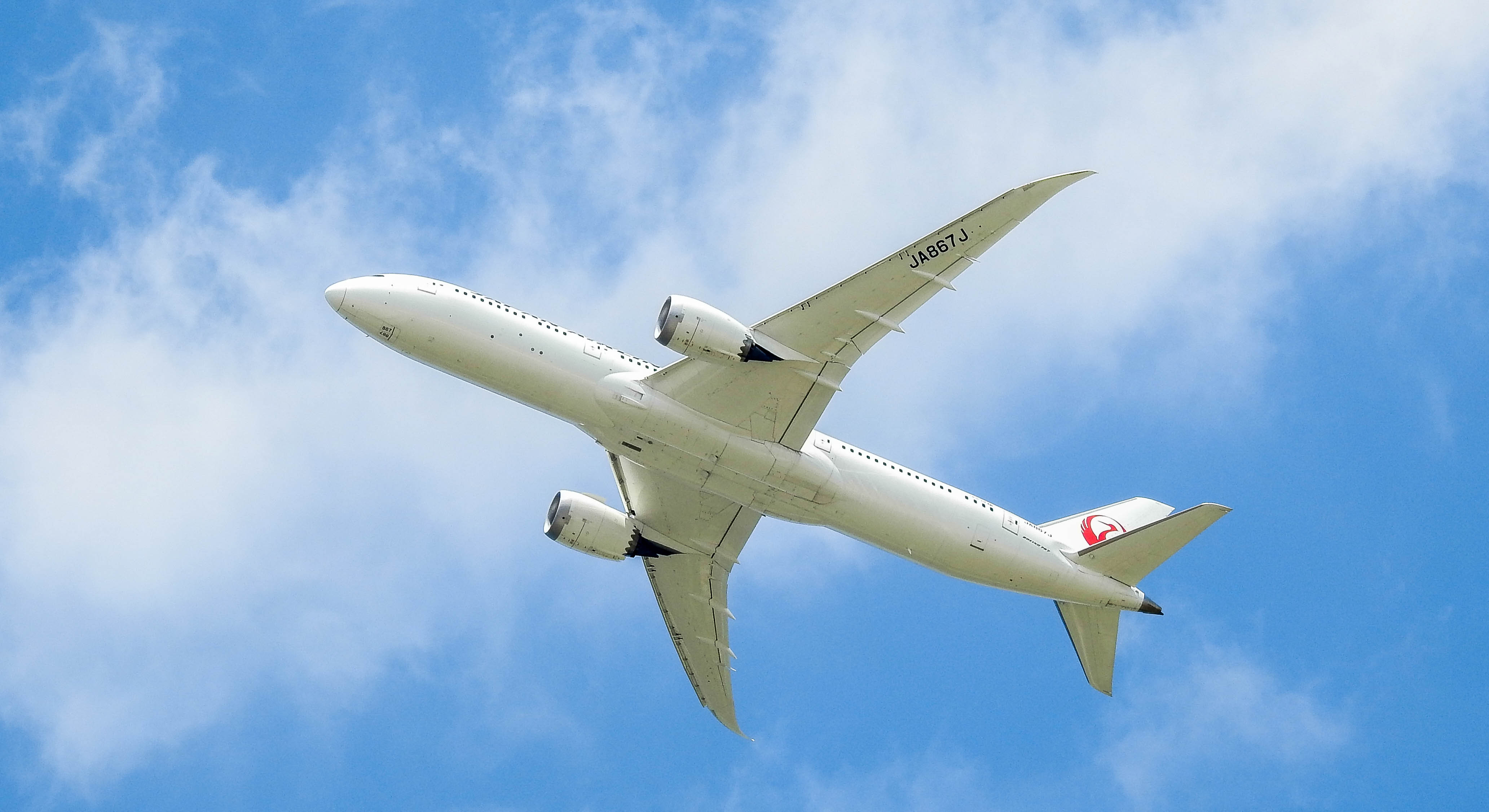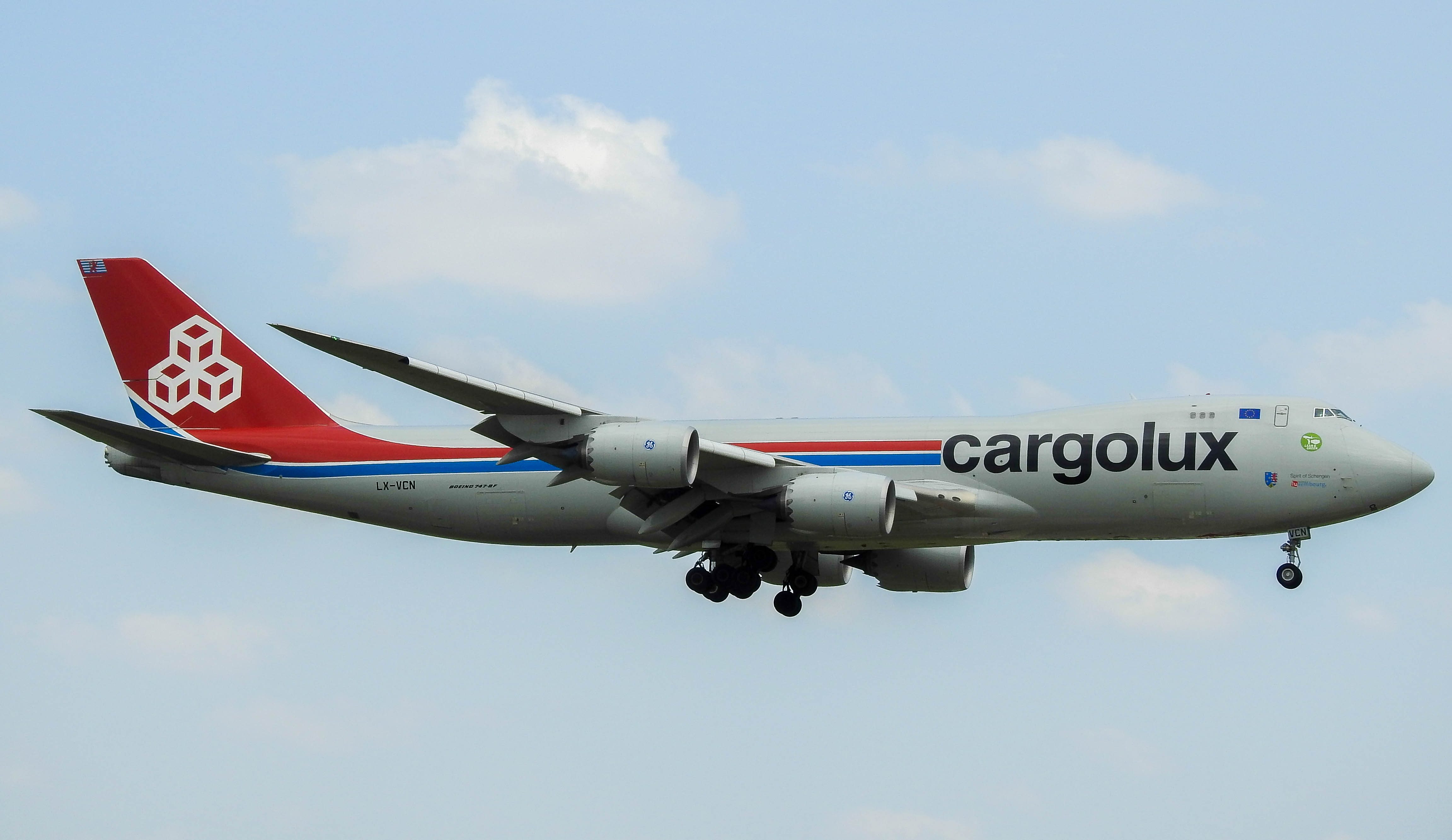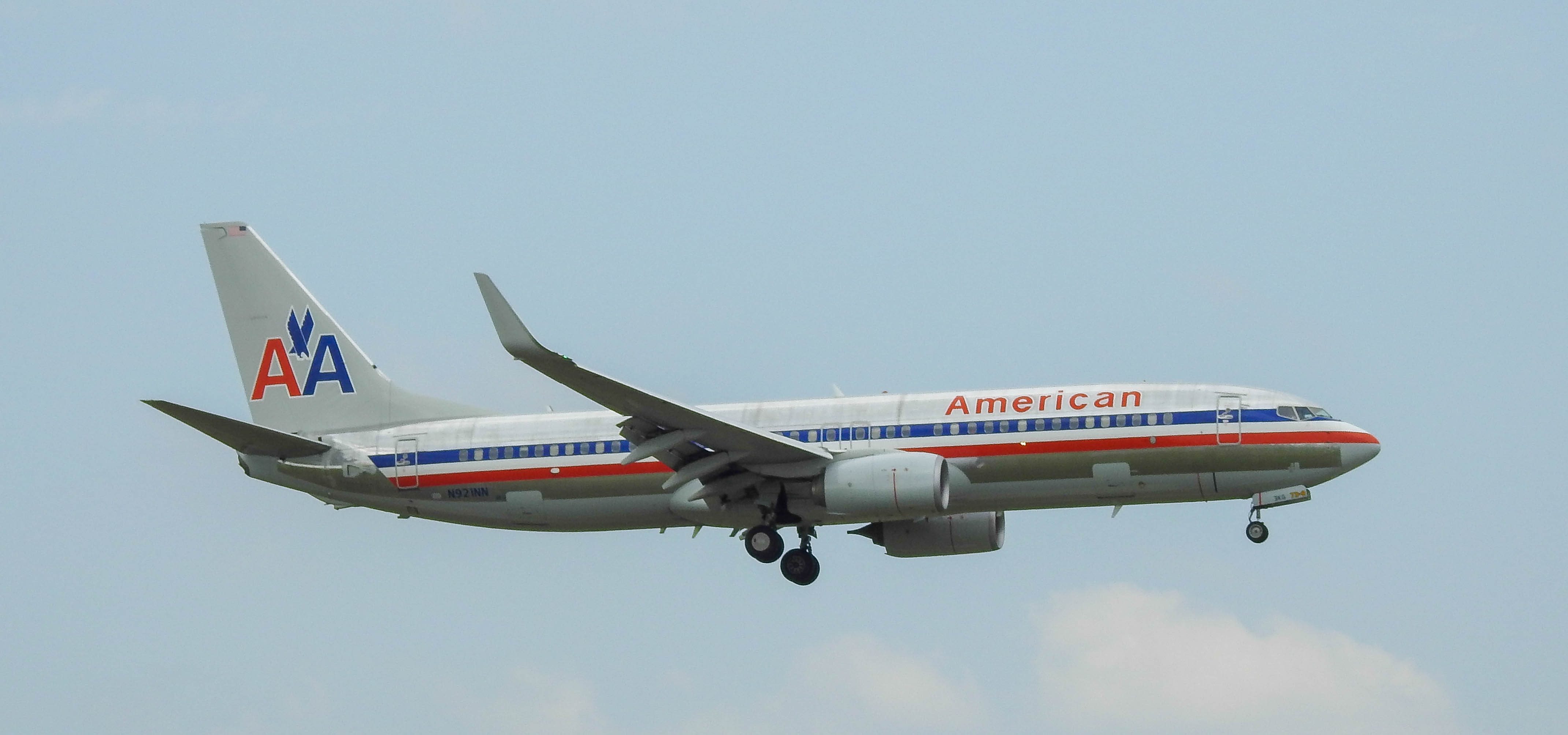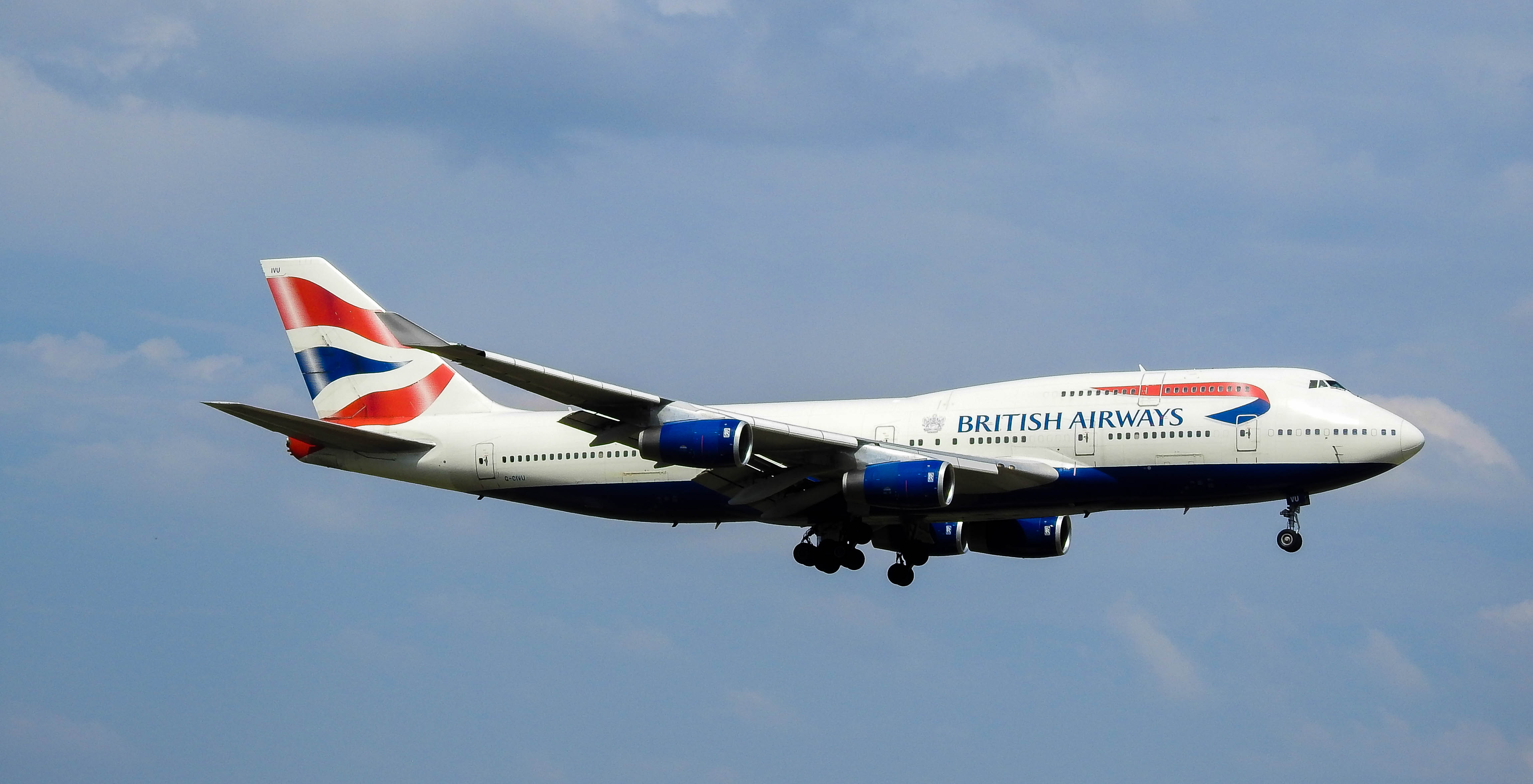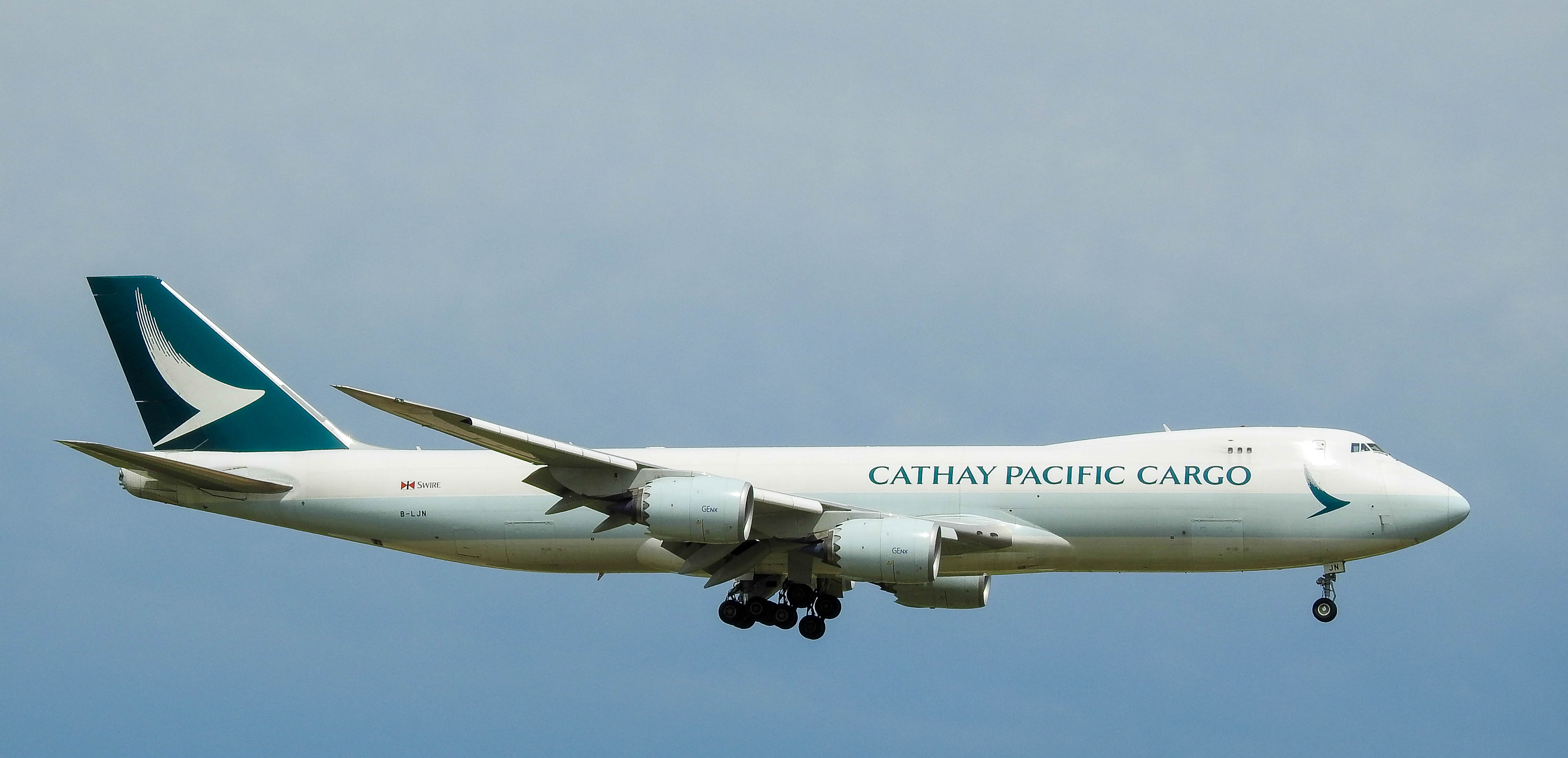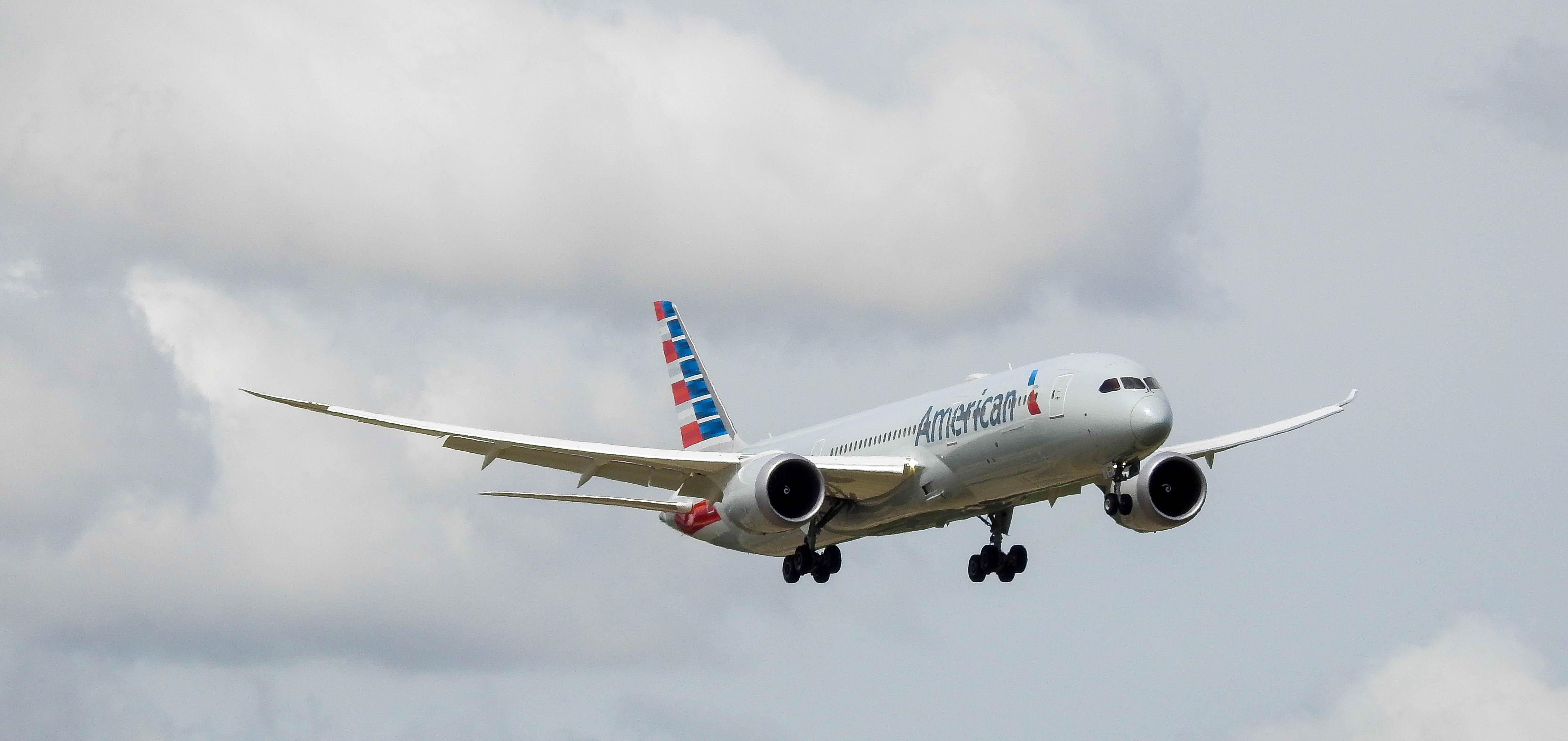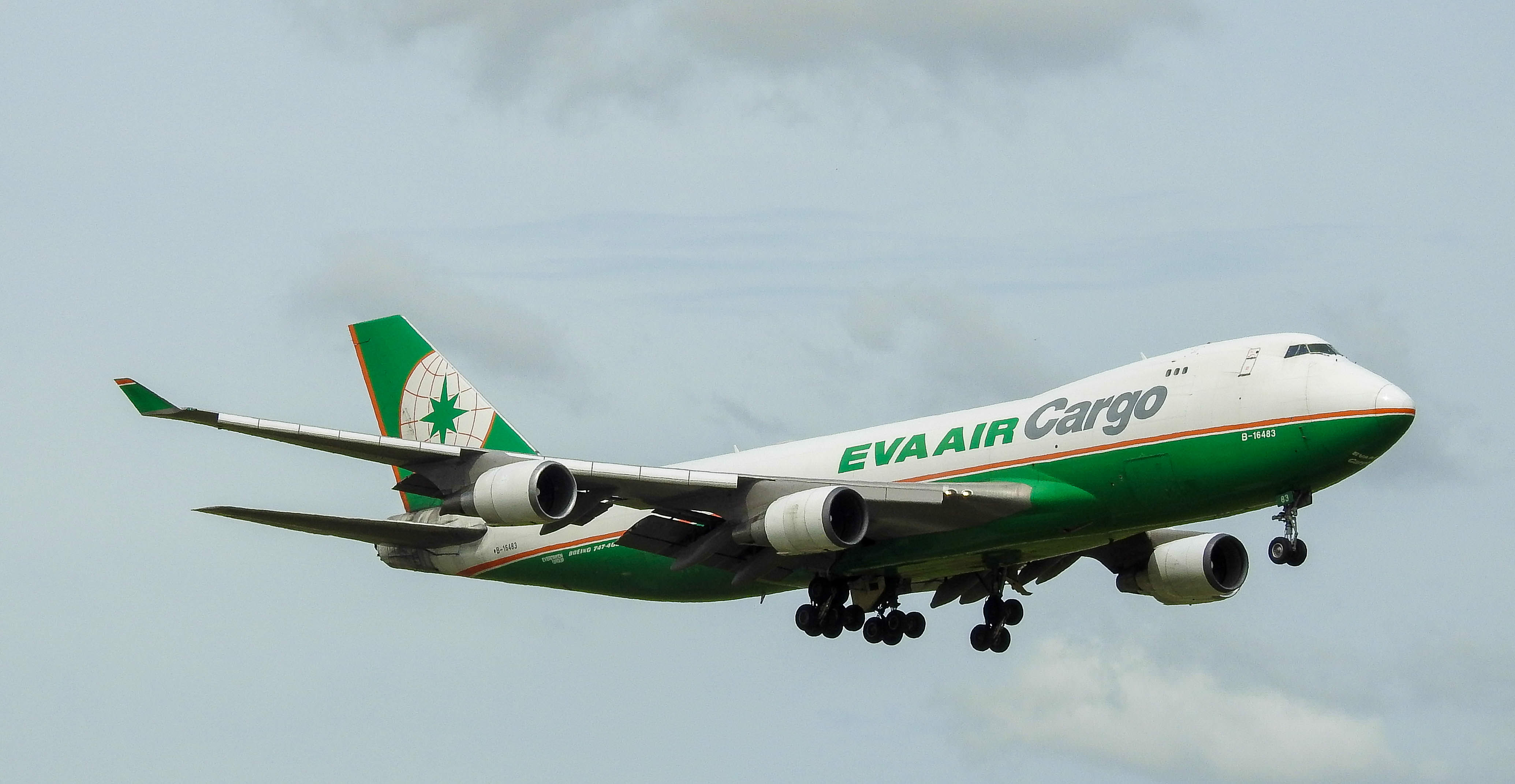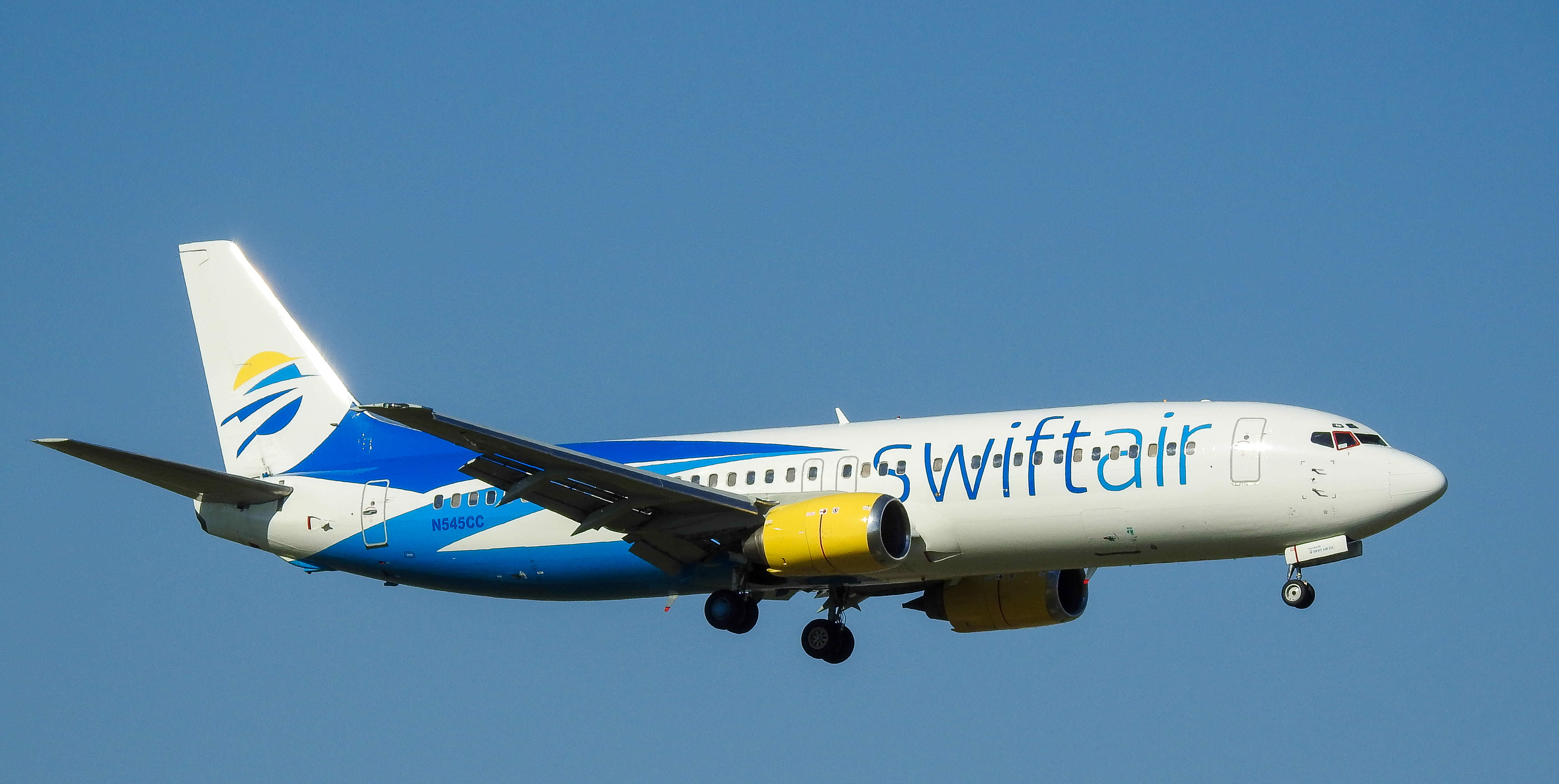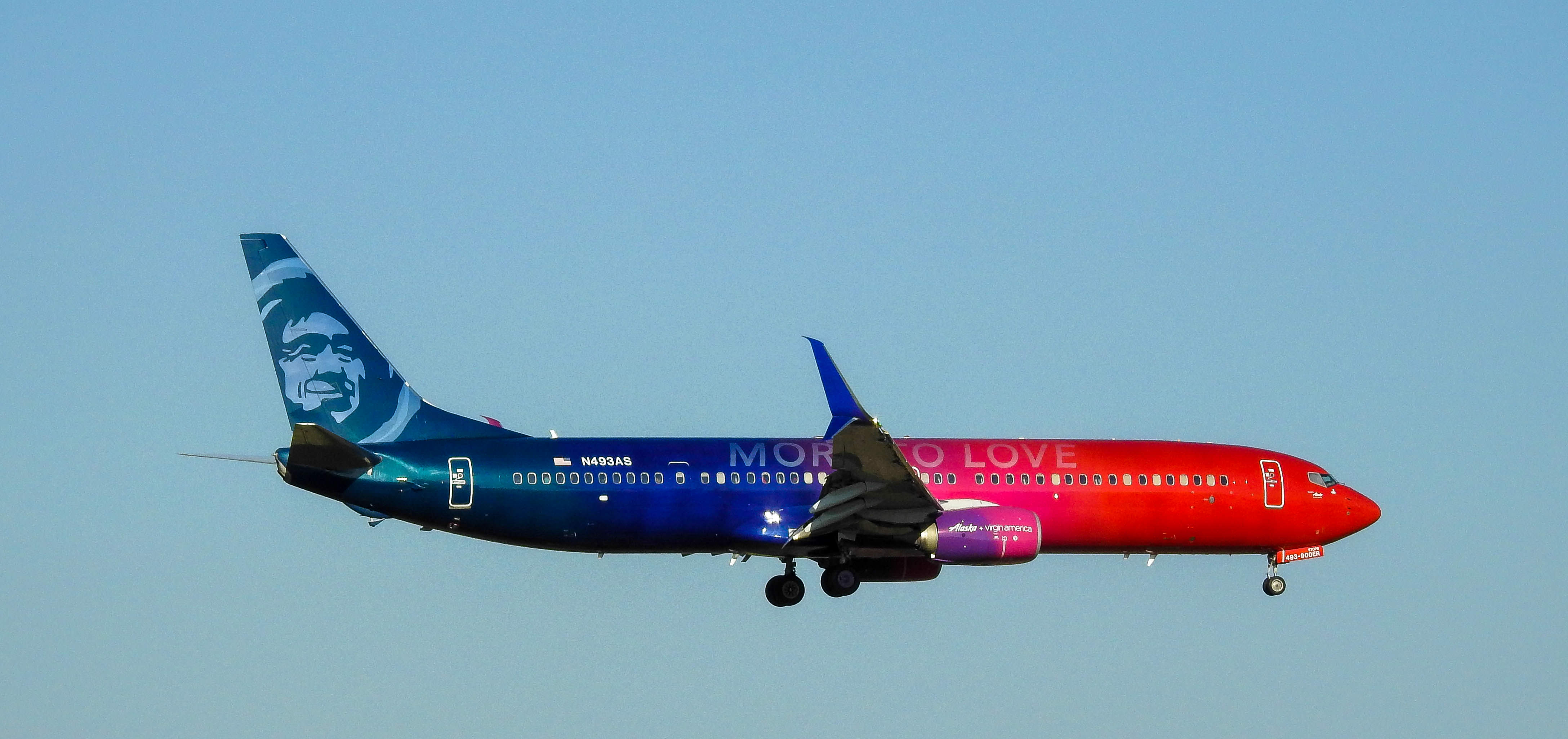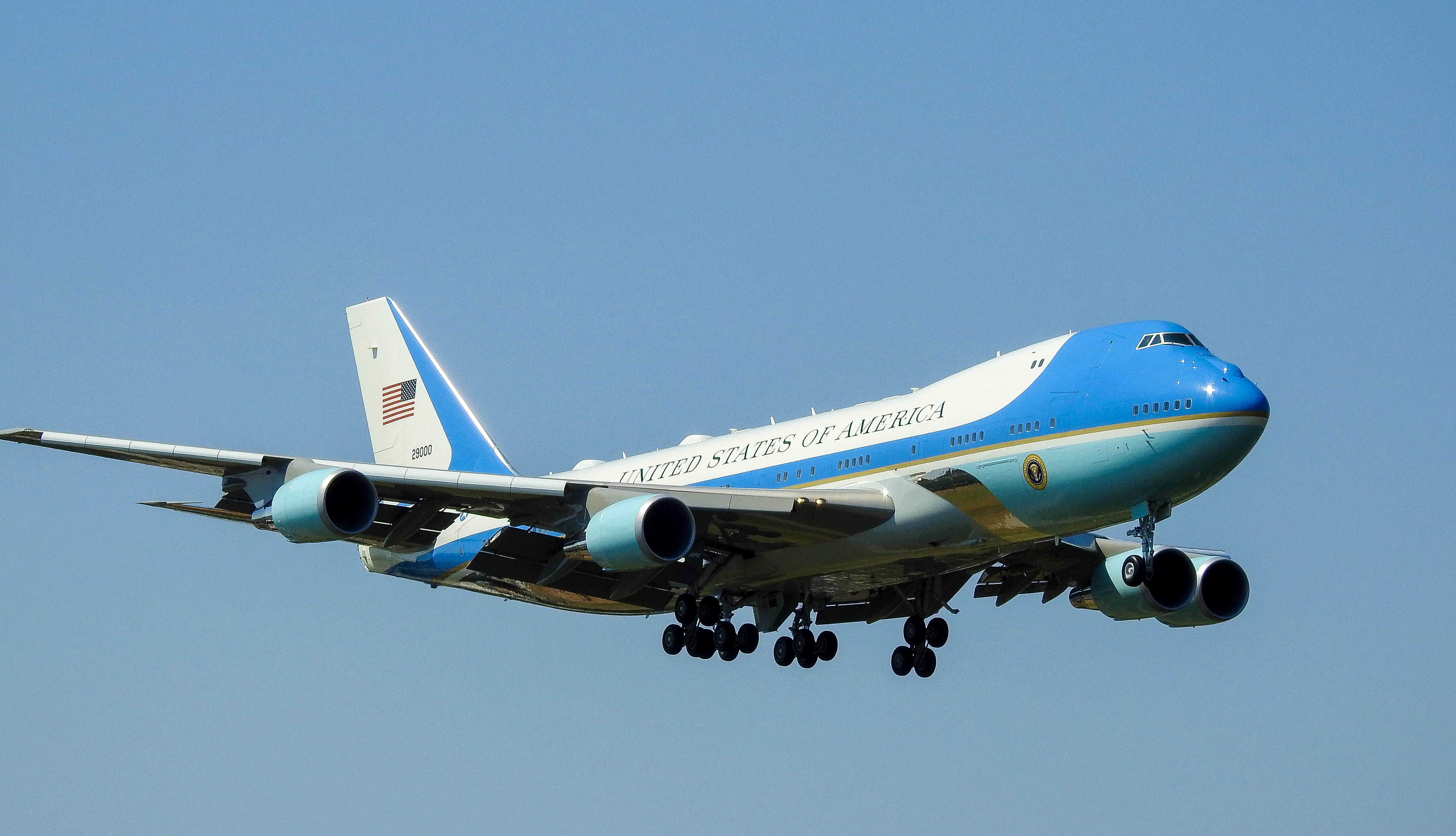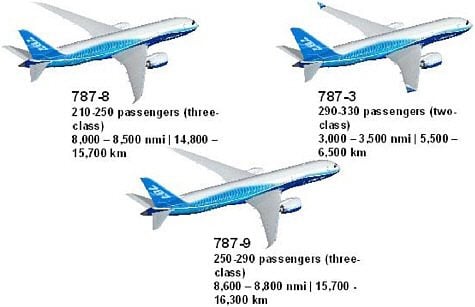I came across
this old article from Plane & Pilot Magazine. The original article is long gone, but can still be read thanks to the Internet Archive Wayback Machine. (I put the photos in myself since those weren't saved.)
Top 10 All-Time Favorites
With more than 100 years of combined experience, our editors selected the best of general aviation’s used aircraft
By The Editors
One thing we knew right up front was that no matter what airplanes we chose, we were bound to miss someone’s favorites. Despite the obvious Walter Mitty aspect of any best-airplane story, we wanted to keep most of this list realistic and avoid choices such as the $4.5-million Piaggio Avanti or the $3.5-million Citation Jet. With the exception of the P-51, all the airplanes listed below are available for less than $500,000.
The quest for economic reality generated choices such as the Cessna 170, Tiger, Skylane, Mooney 201 and F33A Bonanza. We couldn’t help acknowledging the role of twins in general aviation, thus, the selection of the Seneca, 310, Aerostar and Baron. Finally, we chose dream machines such as the Stearman, Staggerwing, Husky and P-51 Mustang to balance the practical airplanes.
1 Beech F33A Bonanza
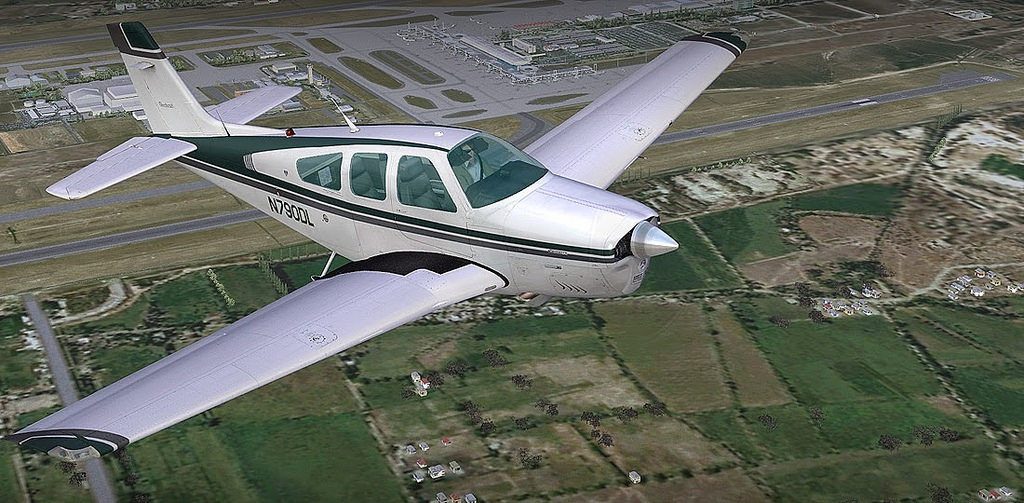
The late Roy LoPresti perhaps said it best when I asked if there was anything he could do to improve cruise speed on the straight-tailed Bonanza. “That’s an awfully clean design. Perhaps we could redesign the cowling a little to pick up some speed, but Walter Beech already did an excellent job of designing a fast, efficient airplane.”
The cliché is that nothing handles like a straight-tail Bonanza, and while that’s a cliché (fly a Bellanca Viking or a Marchetti SF-260 and you’ll understand), the Bonanza is a wonderful-handling machine, smooth, quick and positive in both pitch and roll. Just watch the CG location.
Unlike the V-tail model 35, the F33A has experienced few structural failures, effectively nullifying the argument that model-35 tail breaks were all pilot-induced. The F33A’s combination of strength, performance, comfort and handling make it a difficult airplane to resist.
Model: Beech F33A Bonanza
Seats: 5
Max Speed: 182 knots
Retail Price Range: $106,000 to $247,000
Why we chose it:
Many pilots regard the F33A as the best single-engine airplane ever built. With strong climb and an easy 165-knot cruise, the F33A offers a quiet, smooth, comfortable vehicle for covering the miles. Adding interior comfort to its solid, unique handling characteristics, we’d argue that the F33A is the ultimate development of the four-seat Bonanza.
2 Aerostar 601P

Aerostars came in five varieties, depending upon normal aspiration, turbocharging, pressurization and engine size. The last model 700Ps with a pair of 350-hp Lycomings climbed at 1,800 fpm and were capable of 261 knots (300 mph) cruise, best reserved for those who owned a refinery. As proof of the airplane’s speed, an Aerostar 700, running full throttle all the way, won the 2001 London-to-Sydney Air Race at 279 knots (321 mph).
Range at more reasonable settings is about 1,000 nm plus reserve. Along the way, Aerostars offer their owners the lightest, most responsive handling of any medium twin. Roll rate is double that of a 300/400 Cessna or Baron/Duke, and the airplane is a delight to maneuver in the pattern or on the ILS.
Standard seating is for six with a narrow aisle, but most owners take out the left middle seat to open up the cabin in a five-place configuration. But the best seat in the house is the left front.
Model: Aerostar 601P
Seats: 6
Max Speed: 261 knots
Retail Price Range: $129,000 to $178,000
Why we chose it:
Sheer unadulterated speed. Although the airplane is loud (the prop tips are just outside the pilot’s window) and passengers complain that the cabin is tiny, the two seats up front are a pilot’s dream come true. The Aerostars were the fastest piston machines in their respective classes when they were introduced, and today, almost 35 years later, they still are.
3 Boeing Stearman

It’s becoming progressively tougher to find folks who learned to fly in Stearman PT-17s in preparation for WWII combat. The airplanes have outlived most of their pilots, undergoing an almost continuous series of restorations. Most used 220-hp Lycoming radial engines, although many have been converted to 450-hp P&W powerplants.
Stearmans were the American military’s primary trainer (thus, the designation “PT”) in the late 1930s and early 1940s, and they did that job well. In training mode, there wasn’t much need for speed or range, so the Stearman had little of either (90 knots and 400 nm), but it was a delight to fly, a telegraphic airplane for students and a great first step toward the cockpits of P-51s and P-47s.
The Stearman lazed through all the standard inside aerobatic maneuvers and possessed legendary strength and stability. The story goes that two young lieutenants, instructors at a training base in Texas, bored and frustrated at being stuck in the States when there was a war raging overseas, decided to see if they could pull the wings off a PT-17. Each pilot suited up with a main and reserve parachute, then they climbed the Stearman to 12,000 feet, pitched over into a full power vertical dive, waited for terminal velocity and simultaneously pulled back on the stick as hard as they could. When they woke up, the airplane had already recovered to straight-and-level flight as if nothing had happened.
Model: Boeing Stearman
Seats: 2
Max Speed: 135 mph
Retail Price Range: $65,000 and up
Why we chose it:
World War II will probably end up being the apex of aviation, at least in respect to the sheer number of airplanes and pilots in the sky. Looking back at that period in history, no single airplane did so much for so many as the Stearman. Not only a classic, the aircraft best represents wind-in-your-face, stick-and-rudder airplanes.
4 Cessna Skylane

Why choose the 182 rather than the 172? It may sound like blasphemy, but despite the greatness of the Skyhawk, the Skylane is a better airplane in virtually every respect. (Okay, we’ll grant that the ’Hawk has a better engine.)
The Skylane does more things well and has fewer limitations than the ’Hawk. Although the airplane has gained 300 pounds with age, gross has jumped to 500, so the new airplanes can carry more, but with slightly less performance. Cessna 182s of all descriptions have four seats that can actually be used with a reasonable fuel load.
Uphill and cruise performance is consistently good, if not great. Climb is less likely to drop below zero on a hot day in Denver, and cruise speed is nearly equal to that of a light retractable, about 140 knots in a clean, happy airplane.
Best of all, though, the Skylane just feels stronger and more secure, capable of meeting most reasonable challenges—if you are.
Model: Cessna Skylane
Seats: 4
Max Speed: 148 knots
Retail Price Range: $43,000 to $294,000
Why we chose it:
Although the Cessna 172 is, by far, a more successful design, at least in terms of the number of aircraft sold, the C-182 is much more the successful compromise of room, performance and utility in a small single. Skylanes have continued to evolve since their birth in 1956, but the model was so well-conceived that even the older models have most of the same talents as the new ones.
5 Beech Staggerwing

For those who need to make a statement, you can’t do much better than a Beech Staggerwing. Beech’s Model 17 premiered in the early 1930s and was to evolve through a variety of iterations: fixed gear or retractable with horsepower ranging from 225 to 700.
By far, the most popular model was the G17S that flew behind the legendary P&W R-985, a 450-hp radial engine capable of pushing the Staggerwing along at better than 200 mph. Remember, this was the 1930s, and 200 mph was quite an accomplishment in a civilian airplane, especially one with struts, flying wires and two fat wings hanging in the wind.
In fact, the configuration of those two wings gave the Staggerwing its name. The top airfoil was mounted well aft of the bottom wing and continued flying after the lower wing had stalled, making the airplane effectively “stallproof.” Technically, stall speed was a low 60 mph, allowing good short-field performance.
Two buckets up front and a bench seat in back accommodated up to five souls, and the U.S. military used the airplane for reconnaissance and personnel transport during the war as the UC-43. It’s probably best remembered, however, as the ultimate civilian single prior to the Bonanza.
Model: Beech Staggerwing
Seats: 4-5
Max Speed: 173 knots
Retail Price Range: $110,000 and up
Why we chose it:
Design meets beauty. The Beech Staggerwing has become the inarguable icon of classic aircraft. Nothing before or since has offered quite the cabin comfort, remarkable speed and pure flying pleasure, all in a single package. Period.
6 Piper Cherokee Six 300

The Six’s big cargo doors open up a huge cavity in the left side of the airplane, providing access for everything from caskets and drilling equipment to mail bags and cancelled checks. If the load in back is heavy, there’s even a nose baggage compartment to help regulate the CG.
Leave the doors off altogether and the airplane makes an excellent machine for skydiving, dropping hay to stranded cattle, even air-to-ground or air-to-air photography, the latter something that we know a little about here at Plane & Pilot.
Despite the low wing, Cherokee Sixes frequently see service in the world’s hinterlands, cruising to their destinations at an easy 140 to 145 knots. As long as the runway is reasonably flat and the pilot is talented, the Big Six will deliver.
Model: Piper Cherokee Six 300
Seats: 7
Max Speed: 156 knots
Retail Price Range: $65,000 to $115,000
Why we chose it:
Versatility. From the beginning, the Cherokee Six made a name for itself as a heavy hauler. A stretched, widened, powered-up version of the Cherokee 160, the original Cherokee Six premiered with 260 hp out front and could lift nearly its own weight in useful load. A later version adopted the 300-hp engine for extra performance, and that airplane became a legend. The Sixer has flown thousands of missions as a business airplane, a family airplane and a freight hauler.
7 Piper Super Cub

You just have to love a Cub, and if it’s a Super Cub, you have to love it that much more. Perhaps sadly, Super Cubs are in such demand in the bush world that good ones are rarely available on the used market. The 150-hp models are famous for their off-airport talents and make popular airplanes in the hands of ranchers and farmers who live far from town and can land on a meadow.
Fitted with balloon tires for boondock operation, a Cub becomes the next best thing to a helicopter. Slow is the byword rather than fast. Cruise is typically only about 95 knots, but stall is well below 40 knots. Slow-fly a Cub into any significant wind on landing, and you almost feel you could jump out and run alongside. Even better, the airplane is so predictable that pilots know exactly when the wing will pay off in the flare, an important feature for a bushplane.
The Cub’s two seats are mounted in tandem and there’s plenty of plexiglas, often including an overhead skylight window, so visibility is generally excellent. Looking out or looking in, the Super Cub is an attractive package that has retained its appeal for almost 70 years.
Model: Piper Super Cub
Seats: 2
Max Speed: 113 knots
Retail Price Range: $33,000 to $90,000
Why we chose it:
Although there are many aircraft that have come along over the years that can do some things better than Cubs, we were hard-pressed to think of any one machine that can do so many things so well. In the hands of competent pilots, Cubs can do things that are downright amazing, not the least of which is leap off in 200 feet and land in 300 feet!
8 Cessna 310

Sex appeal has always counted for quite a bit in general aviation and the Cessna 310 certainly has more than its share of aesthetics. Compared to the airplanes of the day, even the original 310’s flat tip tanks (often called tuna tanks) and swept fuselage look almost jet-like, especially in contrast to Piper’s bulbous, homely Apache. The later R model with the extended nose, sharply angled tail and rakish, canted tip tanks is still one of the sexiest airplanes on any ramp.
The first 310s began life with 240-hp Continental engines, but those were quickly upgraded to 260s and, eventually, to 285-hp mills. The airplane retained twin 285s through 1981, when Cessna discontinued the 310 altogether to make way for the semi-cabin-class 303 Crusader (a mistake, as it turned out).
Model: Cessna 310
Seats: 5-6
Max Speed: 210 knots
Retail Price Range: $46,500 to $217,000
Why we chose it:
The 310 combined 570 hp and slick aerodynamics to produce an airplane that would leap uphill at nearly 2,000 fpm, then race along at 190 knots in normally aspirated trim and 215 knots with blowers attached. In combination with a large, six-seat cabin that really would accommodate six in modest comfort, the 310 gets our vote as one of the best of the best.
9 Grumman-American Tiger

If any four-seater ever hung its hat on quick handling and a sporty image, it was the Grumman-American Tiger. A product of the fertile imagination of speed guru Roy LoPresti, the Tiger was something special. It sprang from the earlier Traveller and offered near-retractable speed with fixed gear, a fixed-pitch prop and 20 less horsepower.
Built for only five years, from 1975 to 1979, the Tiger was the most exciting airplane in its class. Like the Grumman jets, the AA5B was built Hell for stout. It was blessed with bonded, rivetless, aluminum wing skins, a one-piece, carrythrough, three-inch diameter steel tube wing spar and an aluminum honeycomb cockpit framework, not exactly standard construction for a general-aviation airplane in 1975.
Granted 135 to 140 knots cruise, the quickest handling since the Bellanca Viking and the added attraction of a sliding canopy, the Tiger was a definite breath of fresh air in a world of Cherokees, Skyhawks and Musketeers. Grumman-American built some 1,300 of the type before opting out of the little-airplane business altogether. American General revived the type certificate in the early ’90s for a few years, and a new company, known simply as Tiger Aircraft, relaunched the airplane a third time last year.
Model: Grumman-American Tiger
Seats: 4
Max Speed: 148 knots
Retail Price Range: $46,000 to $85,000
Why we chose it:
If you haven’t flown one, you may not understand—but trust us: There’s nothing that flies quite like a Tiger. Ideas from the people who made fighters for a living (Grumman), combined with input from a speed genius (Roy LoPresti), makes the Tiger handle and perform like nothing in its class. And having that much fun flying, while easily outrunning everything else in its class on just 10 gallons an hour, has got to be a winning combination.
10 Aviat Husky
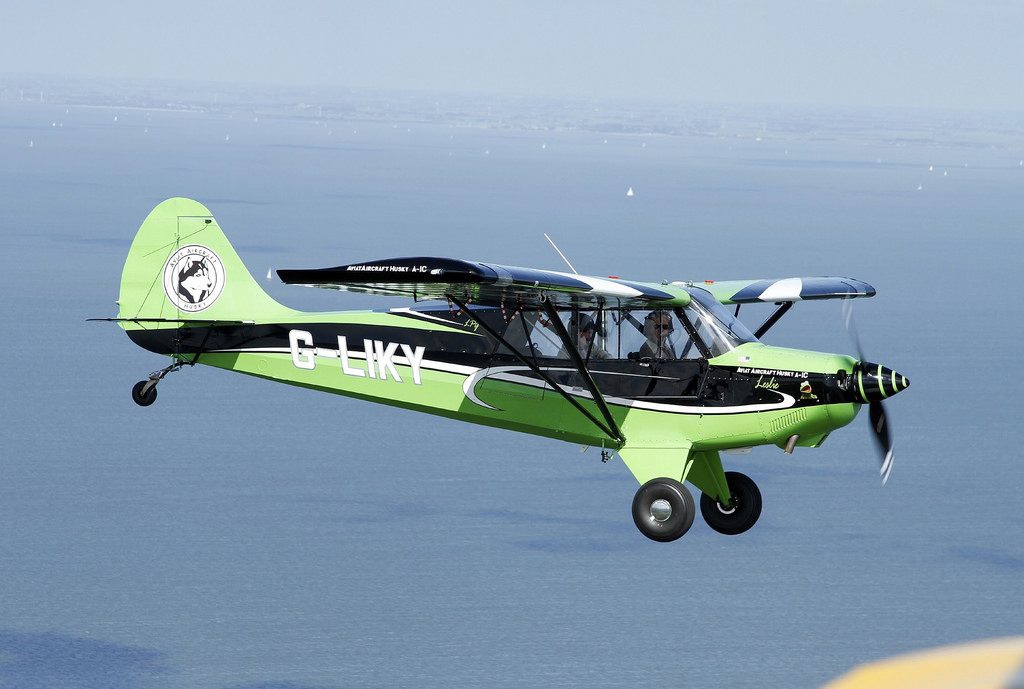
The Husky won’t bark at anything. Whether landing on a dirt strip, field, glacier, beach or lake, the short-field capability of this loyal friend makes for safe landings on pretty much any surface. Its versatility has gained the trust of the U.S. departments of the Interior and Agriculture and the Kenya Wildlife Service.
Its talent in the bush extends far beyond the short-field landing. No need to sleep under the wing! The Husky’s 810 pounds of useful load (832 pounds for floats) allows lots of camping, fishing or hunting gear to be loaded in the baggage compartment. And the 180-hp Lycoming O-360 with a constant-speed propeller takes you to the boonies in a flash.
Since the Husky emerged as recently as 1985, it had the benefit of computer-aided design. This advantage may have contributed to its quick certification, which was already completed by 1987. Today, Aviat still proudly produces the Husky and it’s one of the largest-selling light general-aviation aircraft in production.
Model: Aviat Husky
Seats: 2
Max Speed: 126 knots
Retail Price Range: $69,000 to $122,000
Why we chose it:
Few aircraft can compete with the Husky’s ability to hold its value in the used aircraft market. The reason is the aircraft’s versatility for taking on the bush. Take off the big tires and put it on floats, the Husky has the brawn to eat whatever’s put on its plate.
Runners-Up
Cessna 170

It seems taildraggers lose favor with each passing year. That’s partially because there so few of them are manufactured. For the first half-century of flight, tailwheels were the rule, and several of today’s nosedraggers had their foundation in conventional-gear models.
The Skyhawk that most civilian pilots rented or flew as baby birds is a descendant of the Cessna 170, the latter one being the best of the postwar, four-seat singles and, as it turned out, one of the few survivors. With its 145-hp Continental (or 165-hp Franklin on later versions), the venerable 170 was in production for almost a decade, finally phased out in 1957 to make way for its progeny, the tricycle-gear 172.
Like the Skyhawk, the 170 couldn’t even come close to flying with full seats and full fuel, but the type could generate 105 to 110 knots in cruise with two folks and 42 gallons aboard. It also manifested landing characteristics more in line with a tricycle-gear machine than a tailwheel configuration. The steering wheel was in the rear, but the airplane handled so gently during transitions from ground to sky and back that pilots hardly knew they were flying a tailwheel.
Model: Cessna 170
Seats: 4
Max Speed: 122 knots
Retail Price Range: $26,000 to $33,000
Why we chose it:
While there’s a plethora of talented bush birds out there, few offer the possibility of four passengers, and none of them make flying quite as easy as the 170. In every sense, it’s everything that made the Skyhawk the world’s most popular airplane—except with the advantages of a tailwheel.
Mooney 201

Back in the early 1970s, Mooney and Aerostar were briefly part of the same company, Butler Aviation, and many of us thought it was a perfect marriage—the most efficient single-engine retractable and the fastest, quickest-handling twin under the same banner. Sadly, the Mooney/Aerostar marriage was annulled after only two years. Ted Smith wound up, once again, in control of his Aerostar and Mooney went its own way with the Executive as its top model.
By 1976, it was time for a change at Mooney, and that change was the 201, a dramatically updated version of the Executive that realized a whopping 17-mph speed increase with the same 200-hp Lycoming engine. The improved aerodynamics boosted cruise to 195 mph (169 knots in pilot-speak). In combination with a fuel burn of less than 11 gph and a 64-gallon fuel capacity, the 201 offered the best fuel economy in general aviation. At reduced power settings, the 201 could reach out and touch destinations 1,000 nm away.
The 201, later renamed the MSE and finally the Allegro, lasted through 1998 and fostered the turbocharged 231, 252 and Encore, but many pilots regard the original 201 as the best four-seat retractable ever built.
Model: Mooney 201
Seats: 4
Max Speed: 175 knots
Retail Price Range: $87,000 to $245,000
Why we chose it:
All of Al Mooney’s designs are small, but the performances are big. When the 201 finally moved up to the larger engine, it became the first airplane to accomplish the 1:1 power to speed ratio—200 mph from a 200-hp engine. While some pilots might not admit it, most of us are in love with speed and few aircraft can touch Mooney’s tradition for putting the pedal to the metal.
Beech Baron

Descending from the original Beech 95 Travel Air, the model-58 Baron made its maiden flight in 1969. Although it would enter into a world of multi-engine aircraft from both Piper and Cessna, the Baron, aside from the Seneca Seminole, is virtually the only American piston twin still in production.
Early versions of the airplane incorporated the 285-hp Continental, and although some power enhancements were later to come down the line, important changes came in 1976 with the introduction of both a turbocharged and pressurized version, the 58TC and 58P, respectively. By 1982, the 58TC was discontinued due to lack of enthusiasm on the sales floor, with the pressurized version outselling it by a three-to-one margin. It, too, was discontinued after 1986, leaving only the original, normally aspirated Baron 58. Now produced by Raytheon, the Baron 58 is still being built.
Model: Beech Baron
Seats: 6
Max Speed: 208 knots
Retail Price Range: $143,000 to $925,000
Why we chose it:
There’s that old saying you hear about cars, the one about the wonderful, solid sound of shutting the door of a Rolls-Royce. For airplanes, it’s a Baron. For the pilot who can afford to own and operate the six-seater, it remains the paradigm of luxury, speed and handling for light twins.
Piper Seneca III

The Seneca represents the ultimate development of the Cherokee Six idea, expanded to a twin-engine airplane. The Seneca has sold well enough to remain in semi-continuous production for 30 years. Today’s Seneca has evolved to the Roman numeral “V.”
All Senecas, except the first one, have been instrumental in bringing charter capability to the little guy. (The original Seneca I had a single-engine service ceiling below 5,000 feet and didn’t qualify for Part-135 operation.) The Seneca II was a major improvement in the type and the III was even better with an extra 20 hp for climb.
The PA-34-200T series offered turbocharged Continentals that pushed the service ceiling to 25,000 feet and cruise to 190 knots. With counter-rotating props, the airplane doesn’t demand Bob Hoover’s skills to get home with one mill caged.
Like the Cherokee Six and Saratoga that share the same fuselage, the Seneca makes a good business transport and a great light family twin, with plenty of room for the family.
Model: Piper Seneca III
Seats: 7
Max Speed: 196 knots
Retail Price Range: $174,000 to $292,000
Why we chose it:
Few could argue that the Cherokee airframe has been an immensely successful design. What better airplane than one that’s the end of that same design evolution? Where cost must match capability, the Seneca remains the six-seat winner.
North American P-51 Mustang

Last on our list, and first in the minds of the vast majority of pilots, is the airplane generally regarded as the world’s preeminent piston fighter. Okay, so it didn’t start off as a general-aviation airplane, but it’s definitely one now that it’s out of the military arsenals.
If you’d never seen or heard a Mustang, you might buy it for the look and the sound alone. And don’t believe everything you read about the Mustang’s reputation as a pilot eater. P&P senior editor Bill Cox recently flew the P-51 “Crazy Horse” in Kissimmee, Fla., and reported the airplane was surprisingly easy to handle in all modes of flight, from takeoff and landing to formation, high-speed/low-level practice ground-pounding and simulated aerial combat.
Model: North American P-51 Mustang
Seats: 2
Max Speed: 380 knots
Retail Price Range: $1,000,000 and up
Why we chose it:
At a minimum $1-million per copy for a decent airplane, Mustangs definitely aren’t for everyone, but pilots who have flown them still salivate at the thought of owning a P-51 (although not at paying the maintenance bills). With a 12-cylinder Merlin engine capable of pumping out 1,600 hp, a top speed well over 350 knots plus Bonanza handling (below 250 knots), the North American P-51 deserves its place as the ultimate general-aviation airplane.

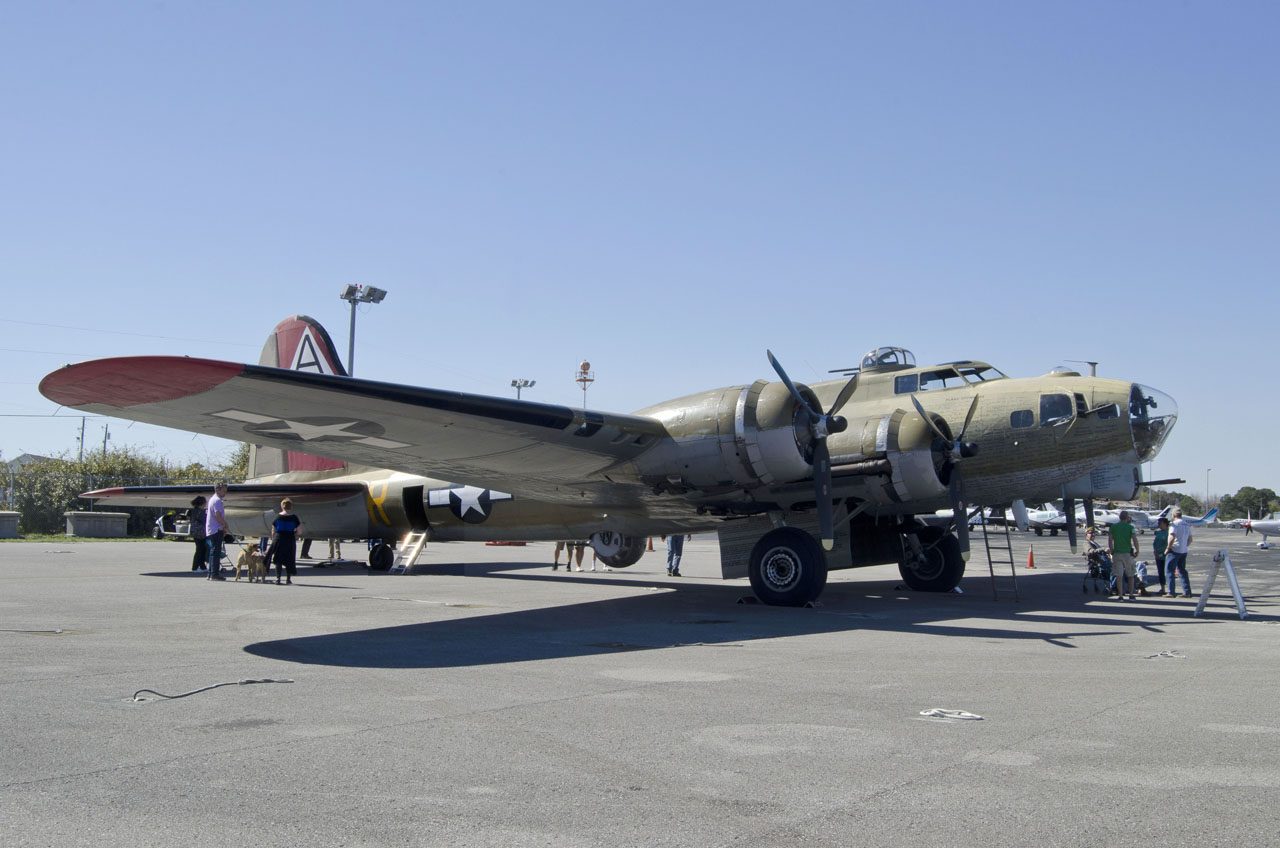
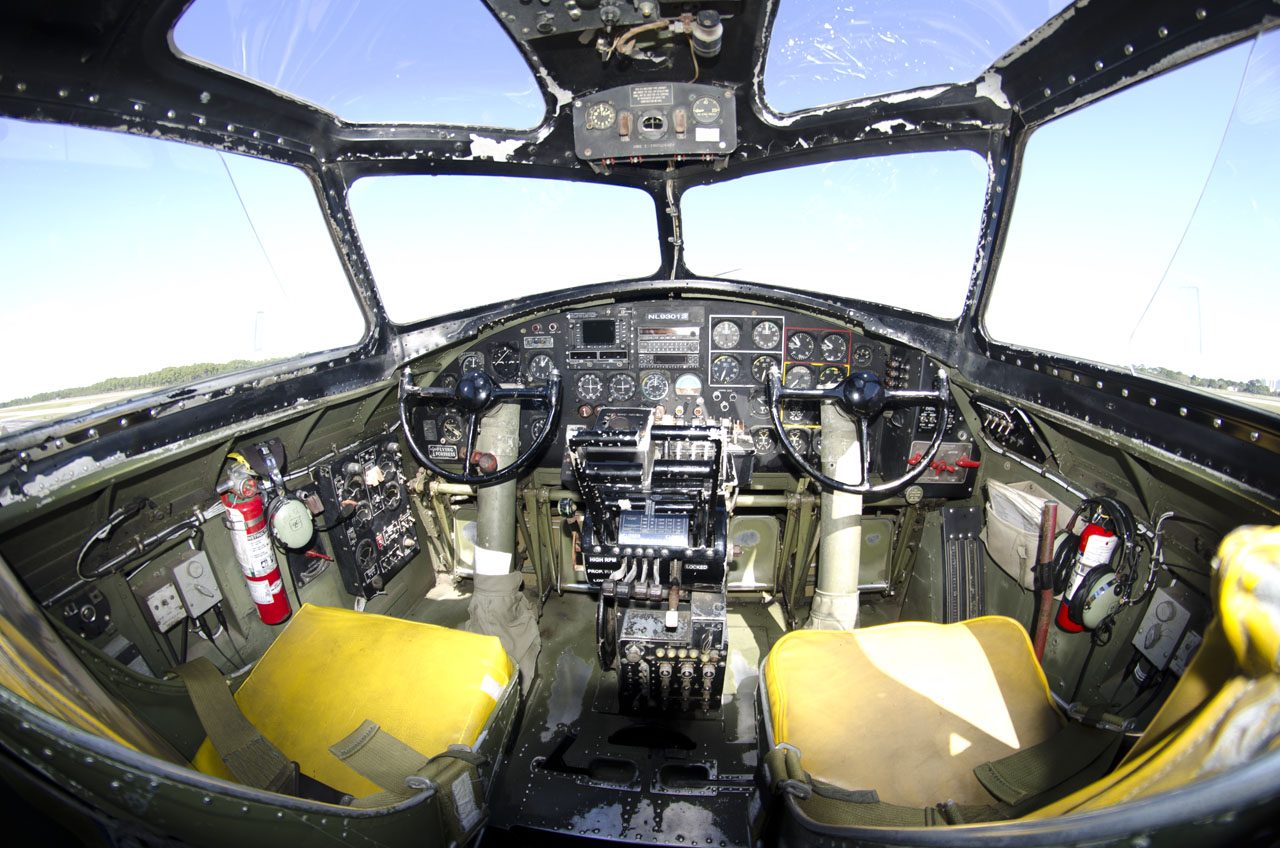
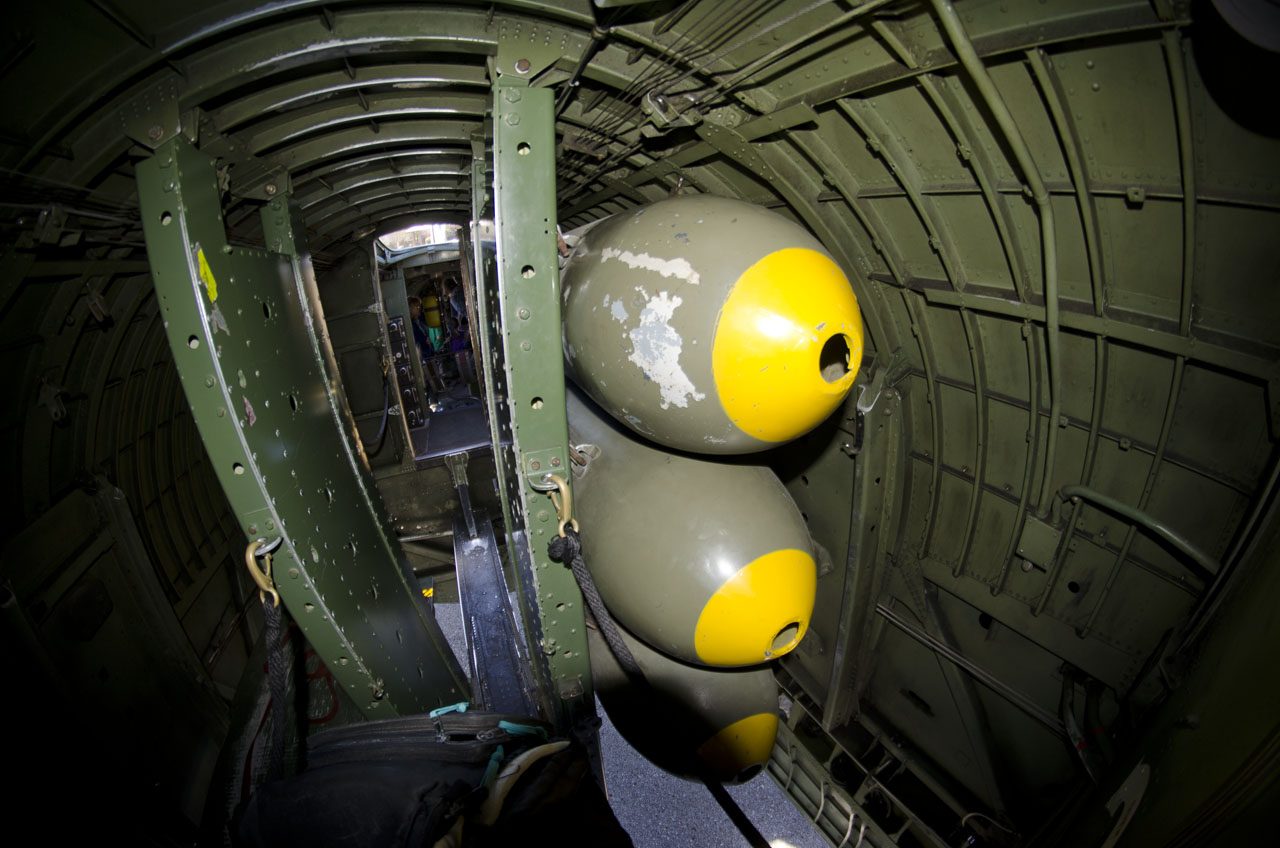
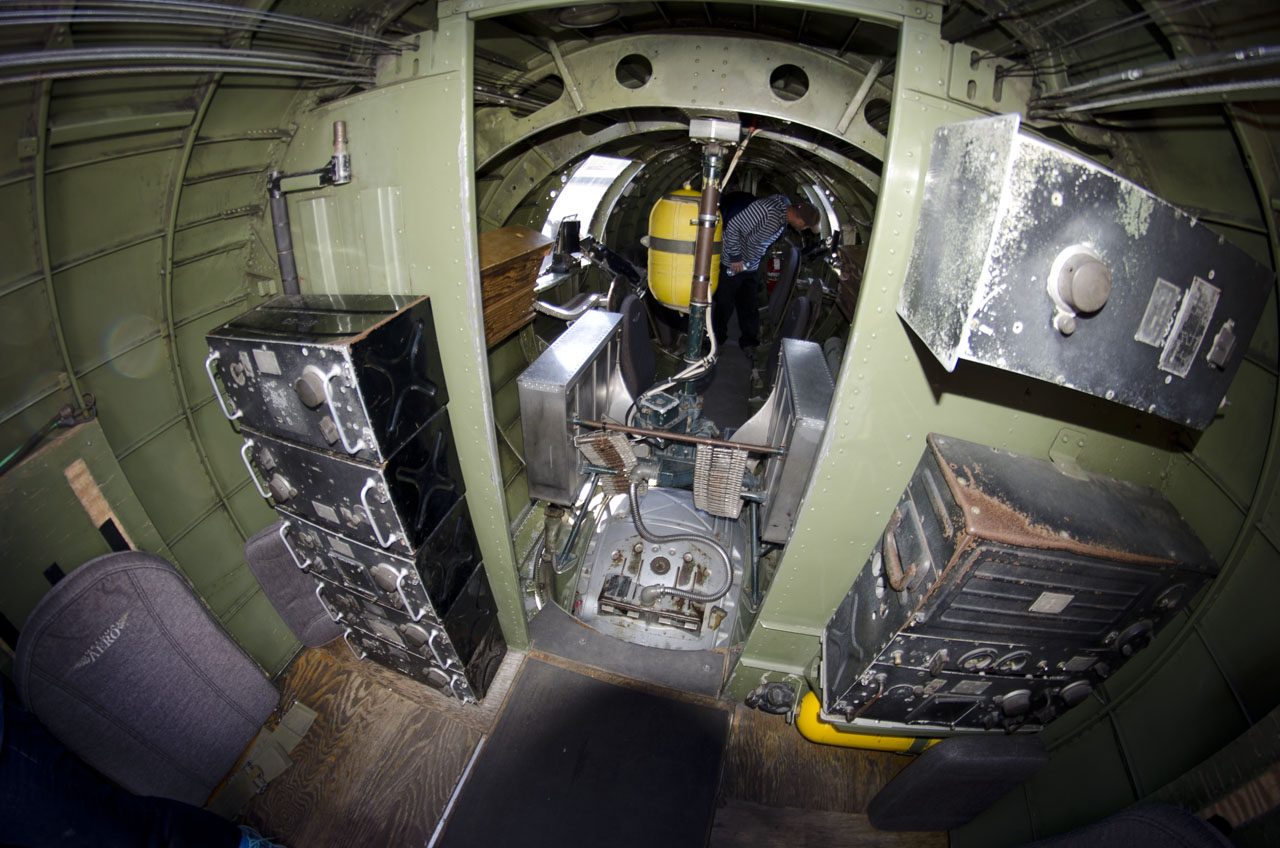
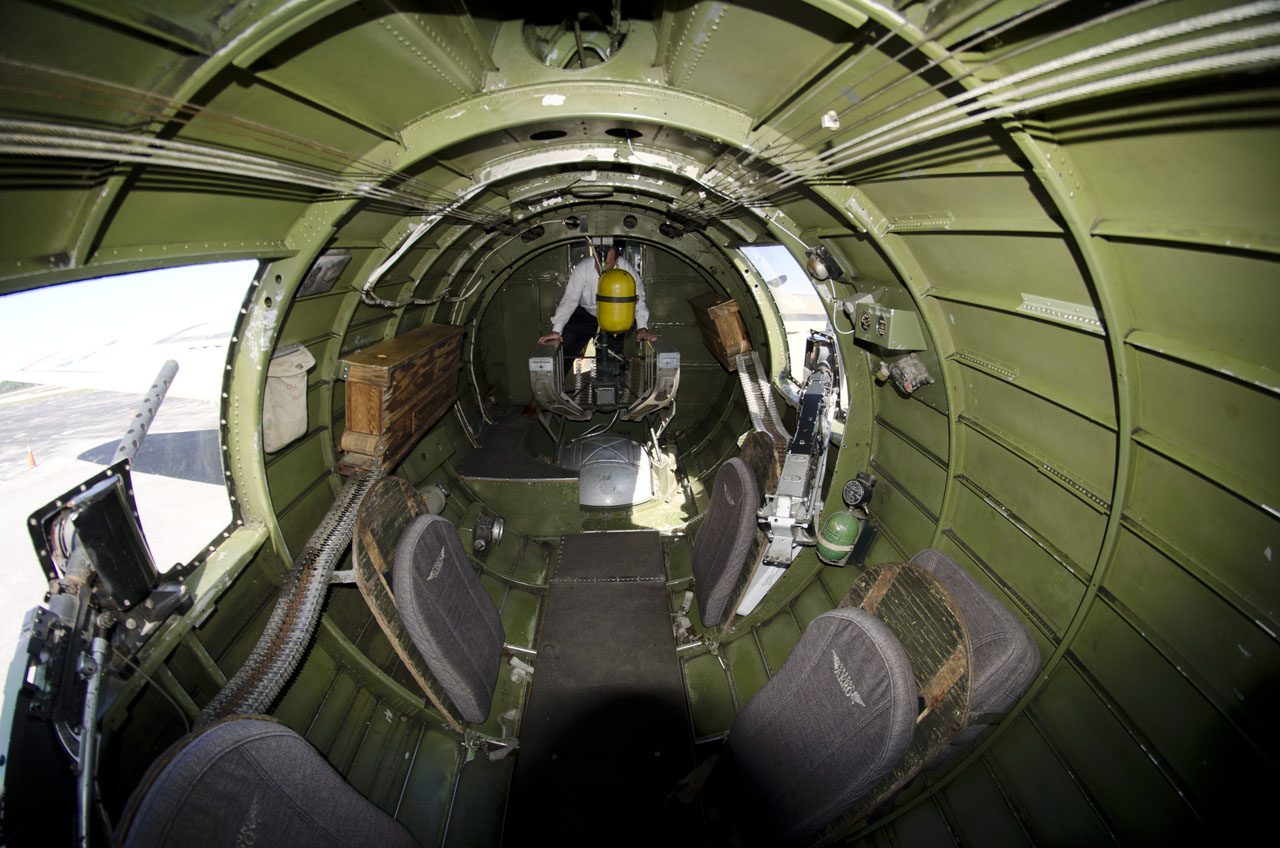
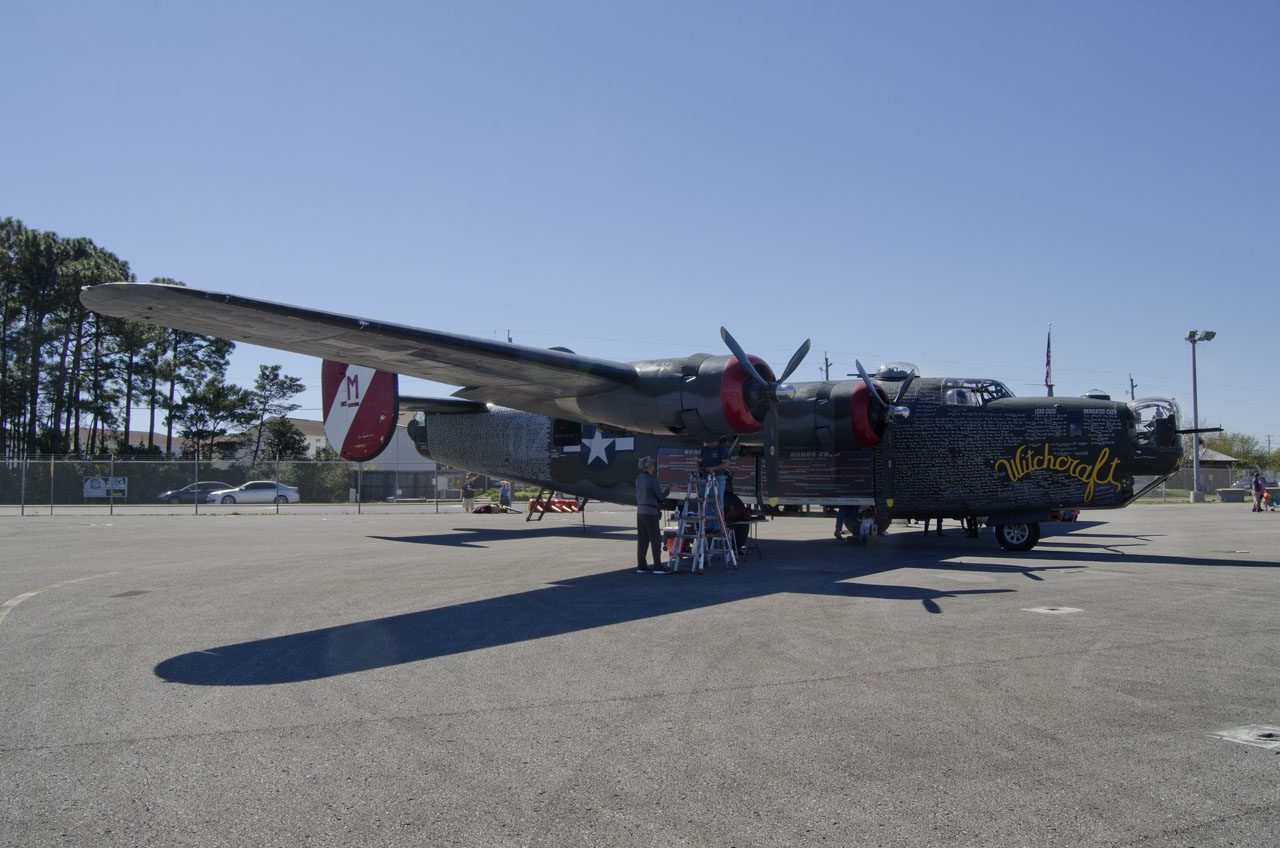
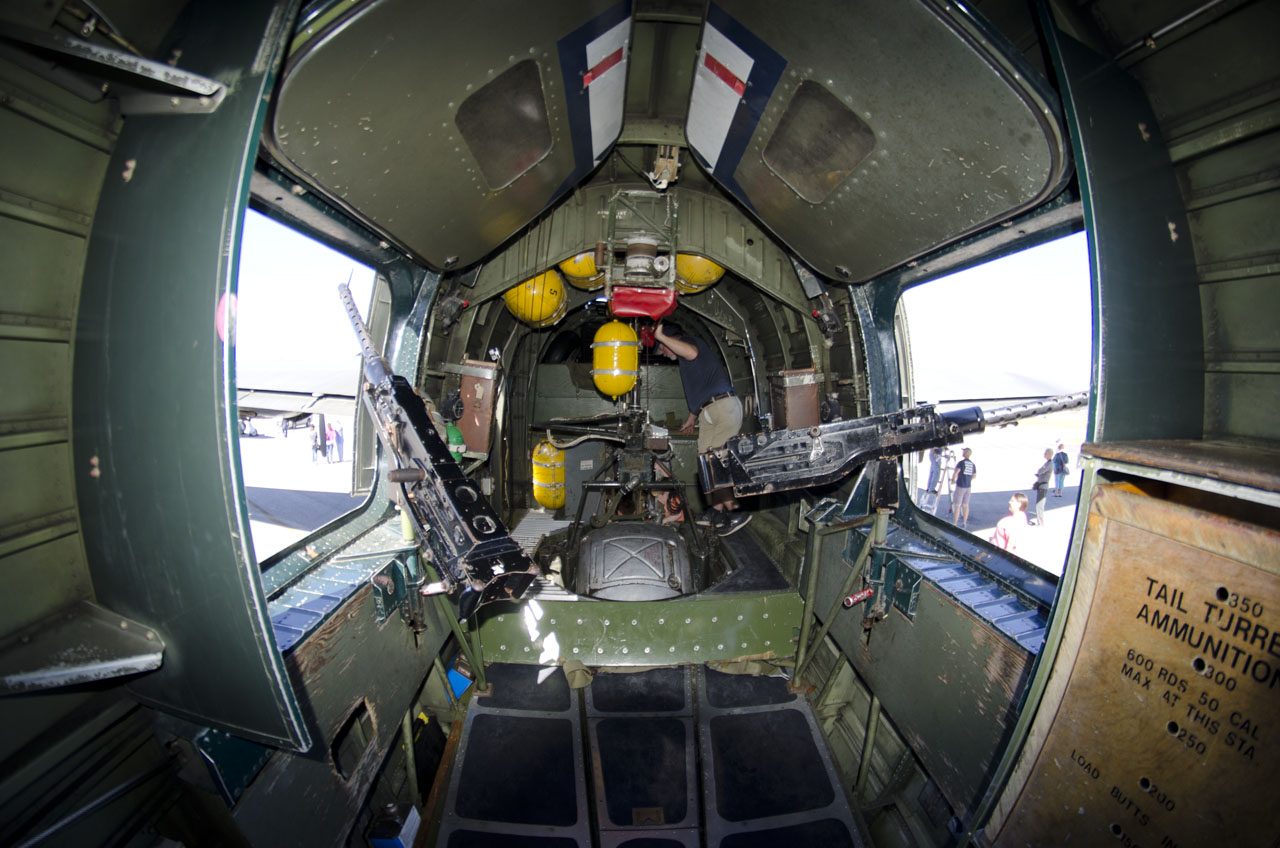
 The B-17's fuselage is not as tall, and did not have a space above the bomb bay.
The B-17's fuselage is not as tall, and did not have a space above the bomb bay.
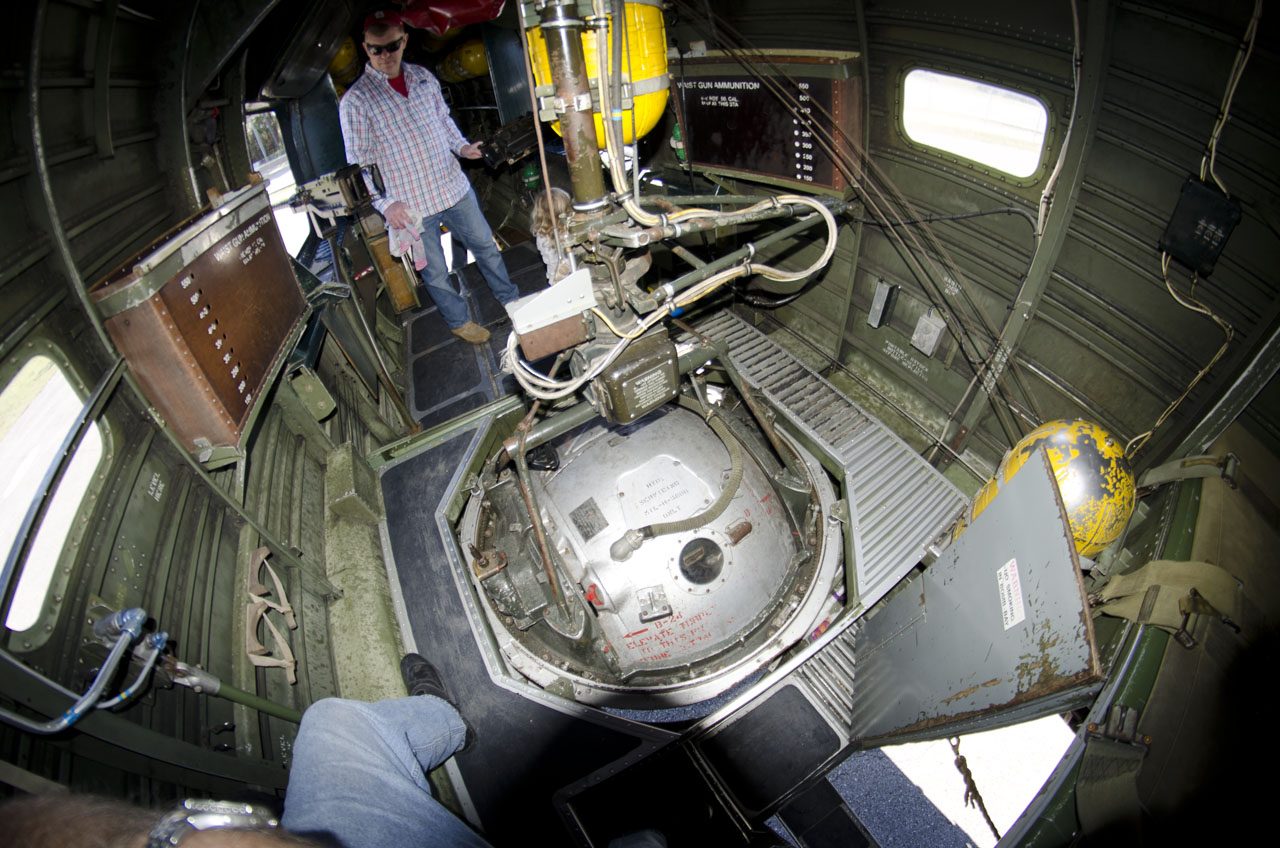

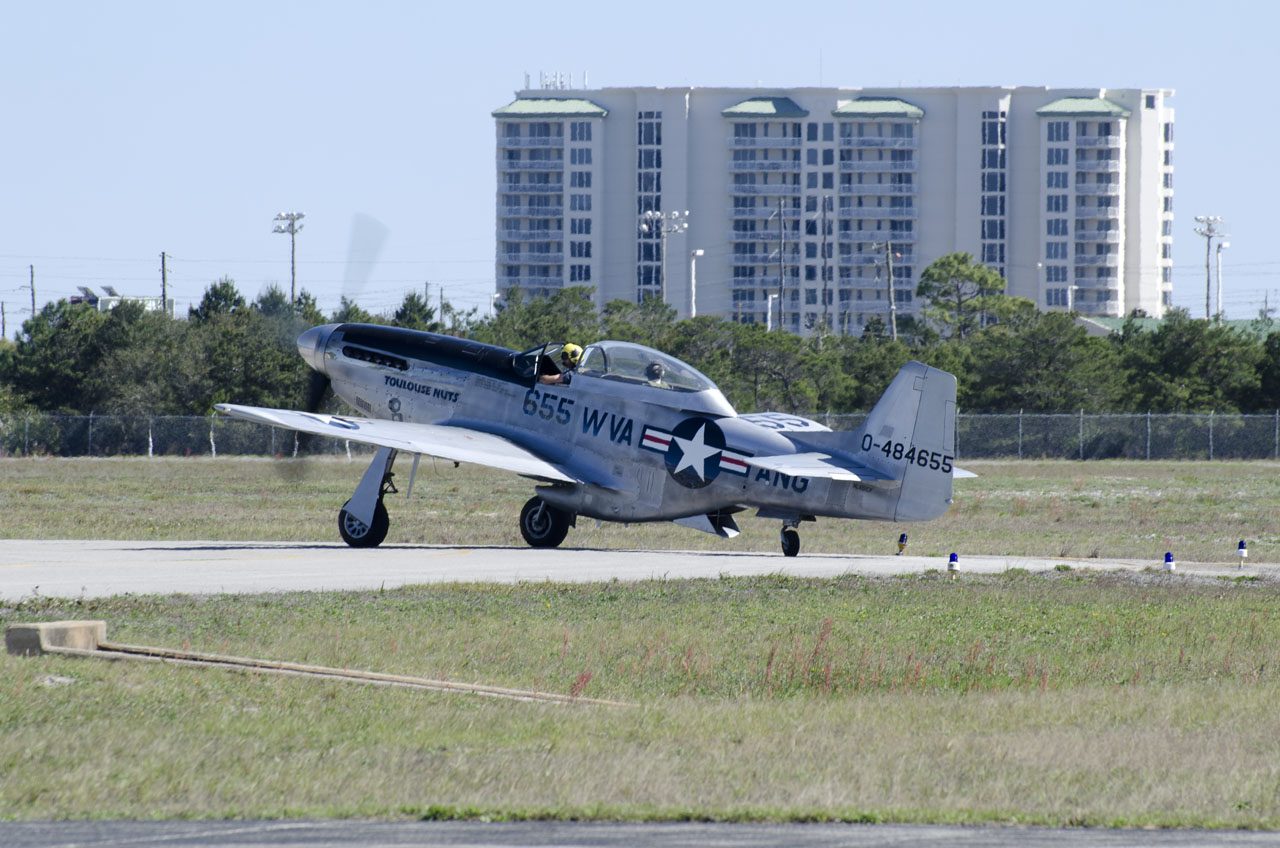
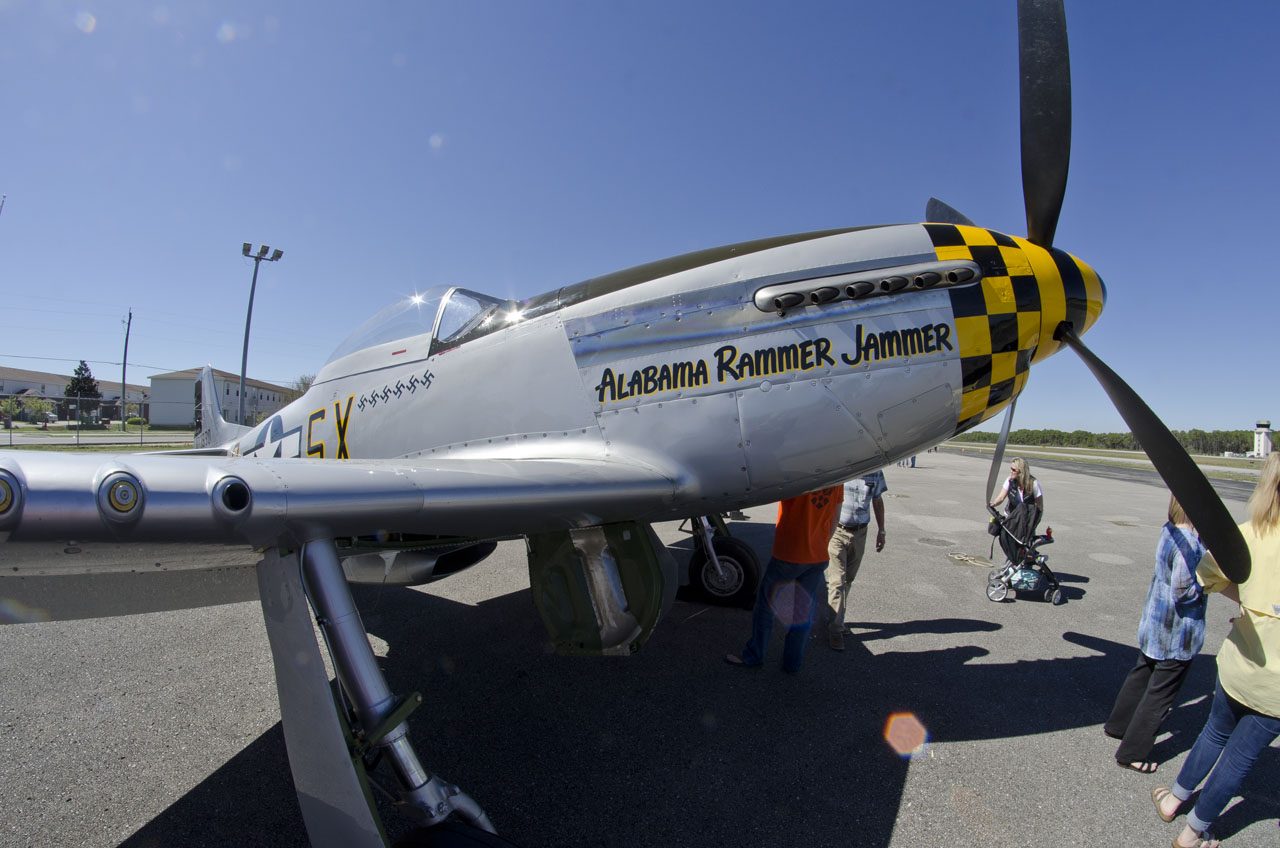
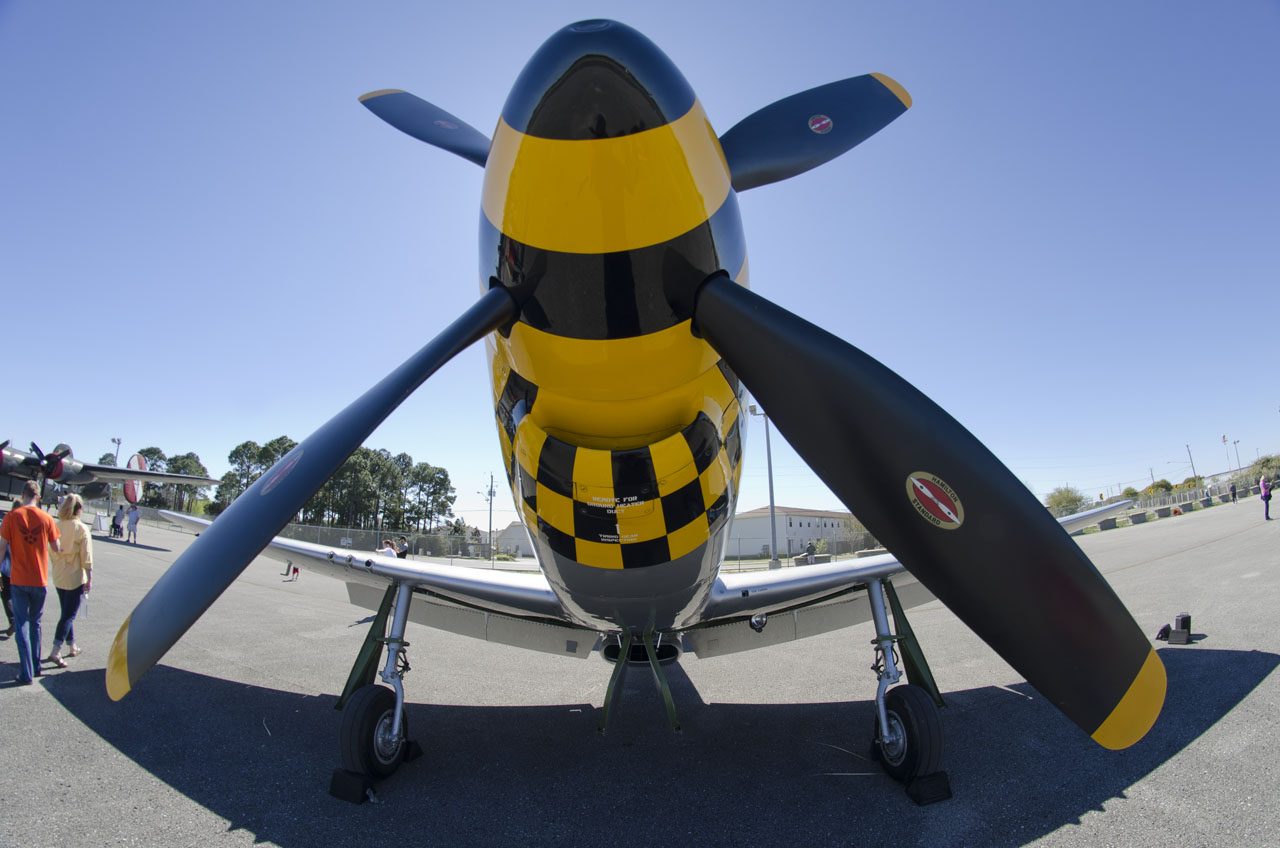
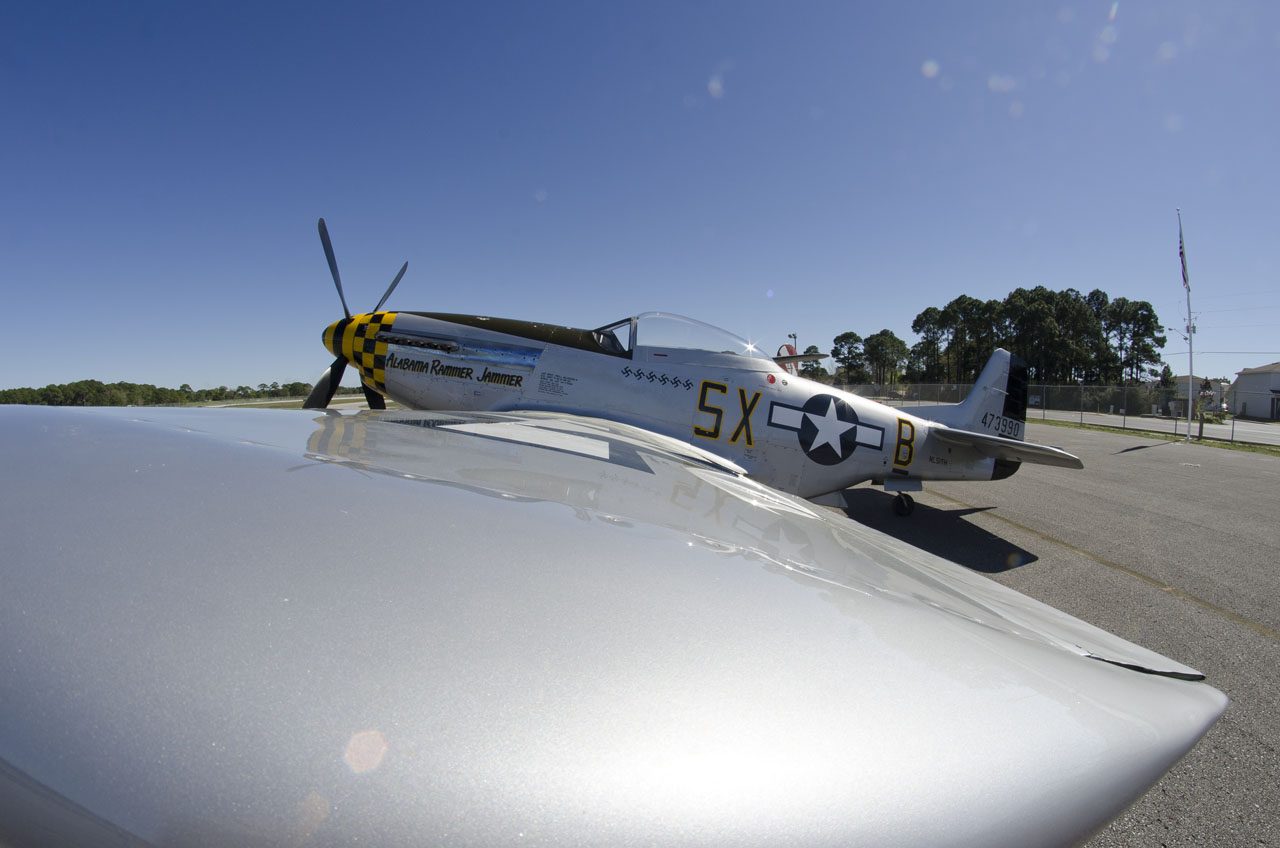
 In most compartments the B-24 was tall enough to stand upright, where that was never possible in the -17. The worst part was waiting for kids to get tired of playing with the waist guns so you could move on through.
In most compartments the B-24 was tall enough to stand upright, where that was never possible in the -17. The worst part was waiting for kids to get tired of playing with the waist guns so you could move on through. 







 The B-17's fuselage is not as tall, and did not have a space above the bomb bay.
The B-17's fuselage is not as tall, and did not have a space above the bomb bay.






 In most compartments the B-24 was tall enough to stand upright, where that was never possible in the -17. The worst part was waiting for kids to get tired of playing with the waist guns so you could move on through.
In most compartments the B-24 was tall enough to stand upright, where that was never possible in the -17. The worst part was waiting for kids to get tired of playing with the waist guns so you could move on through. 




































